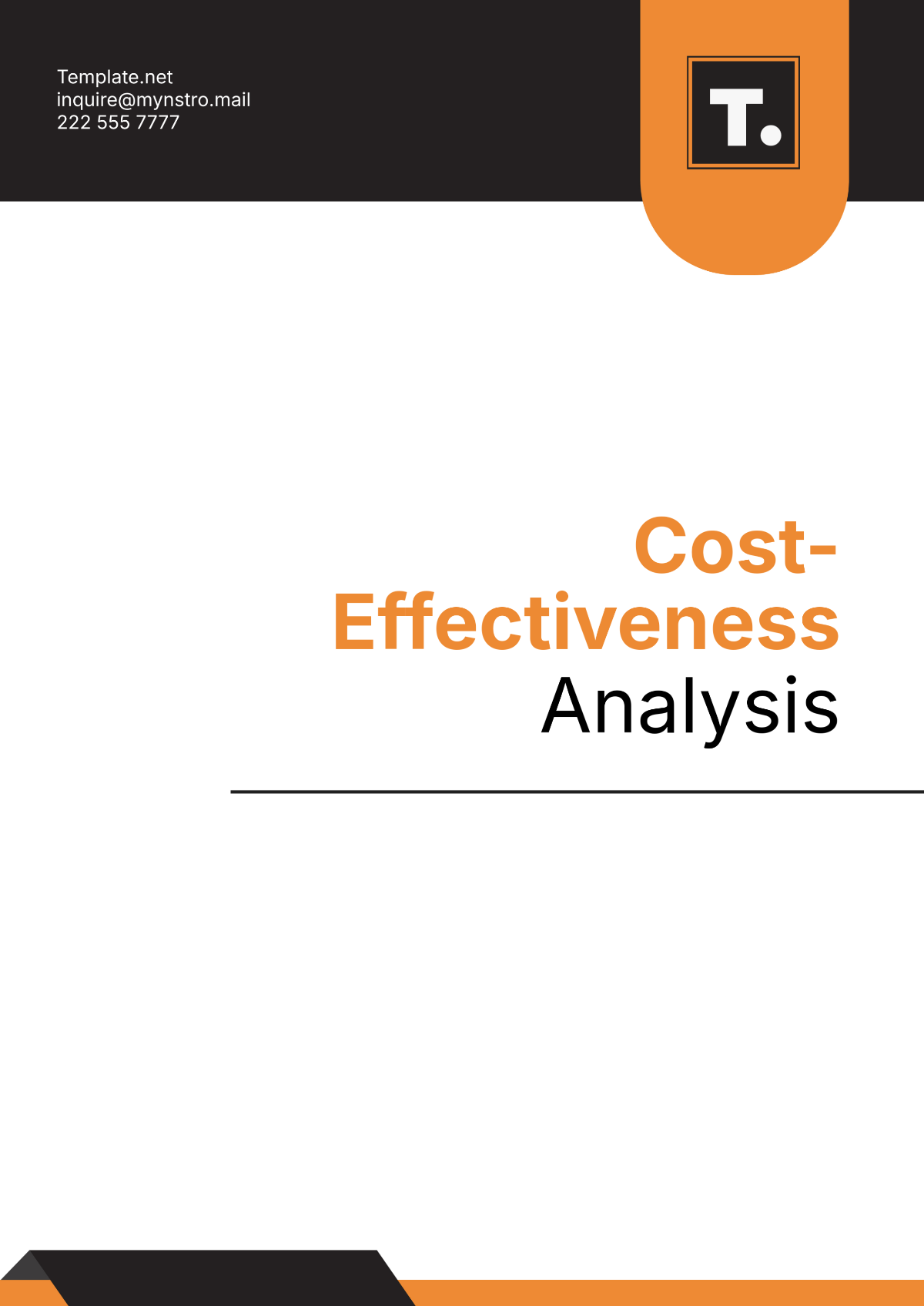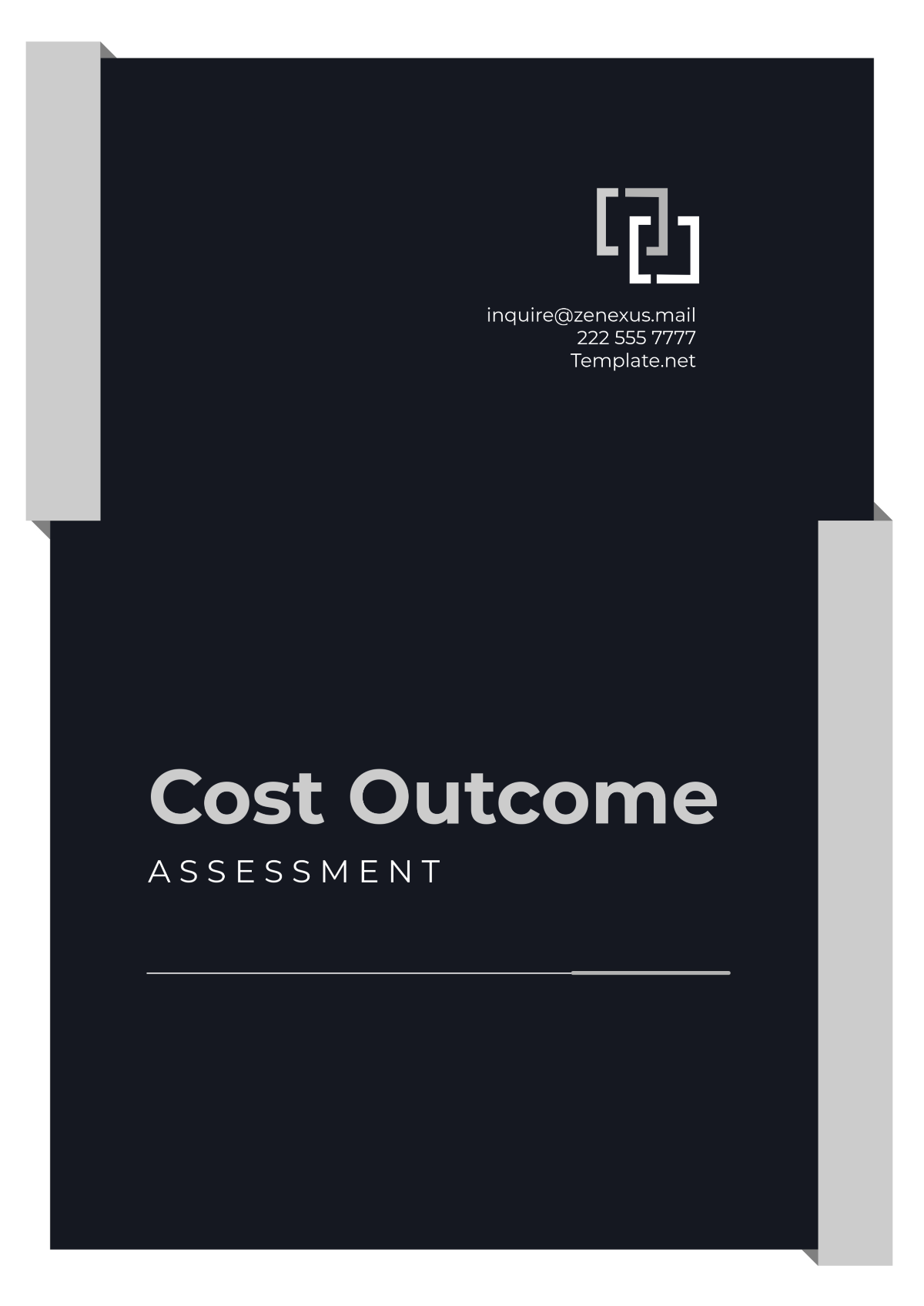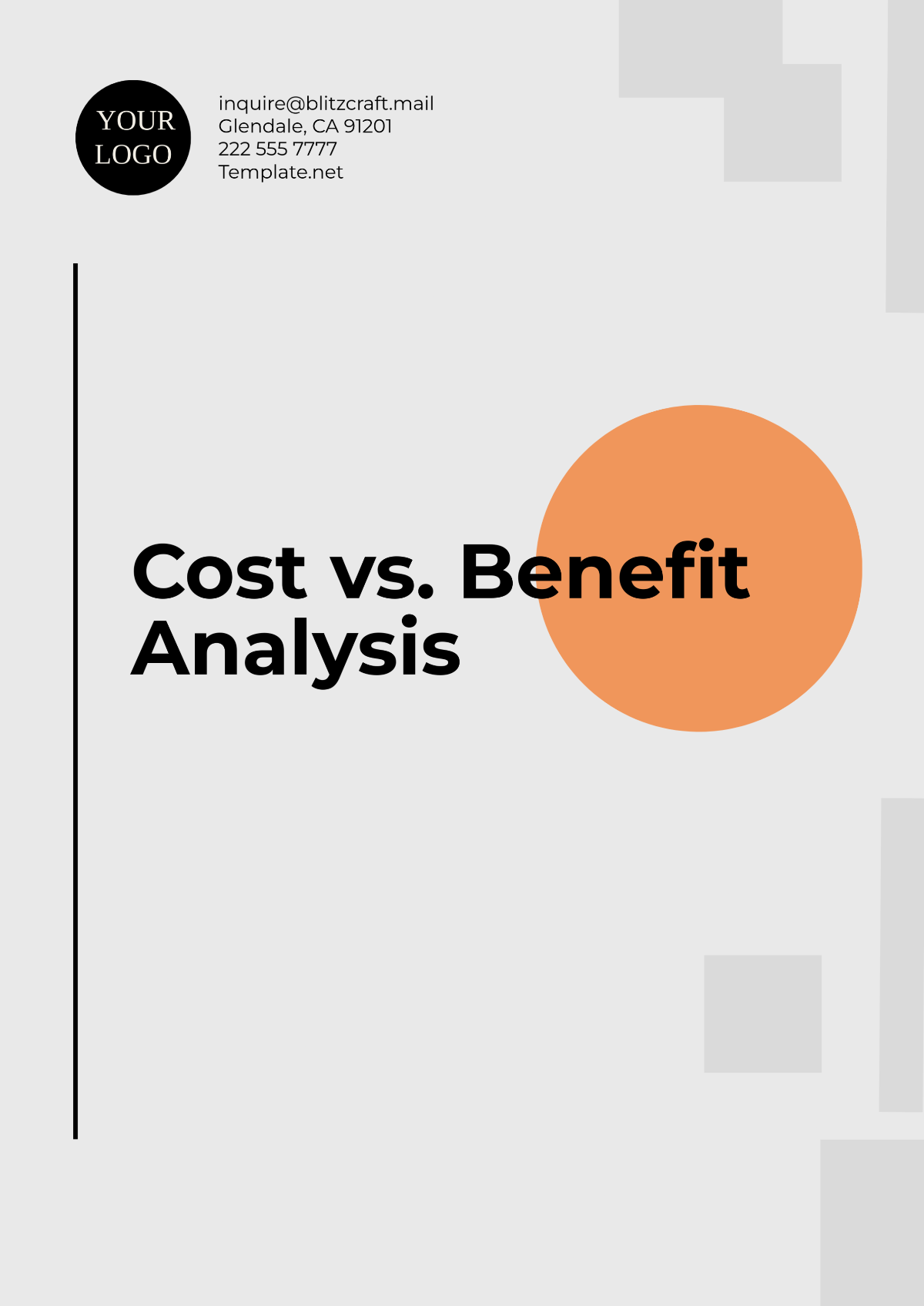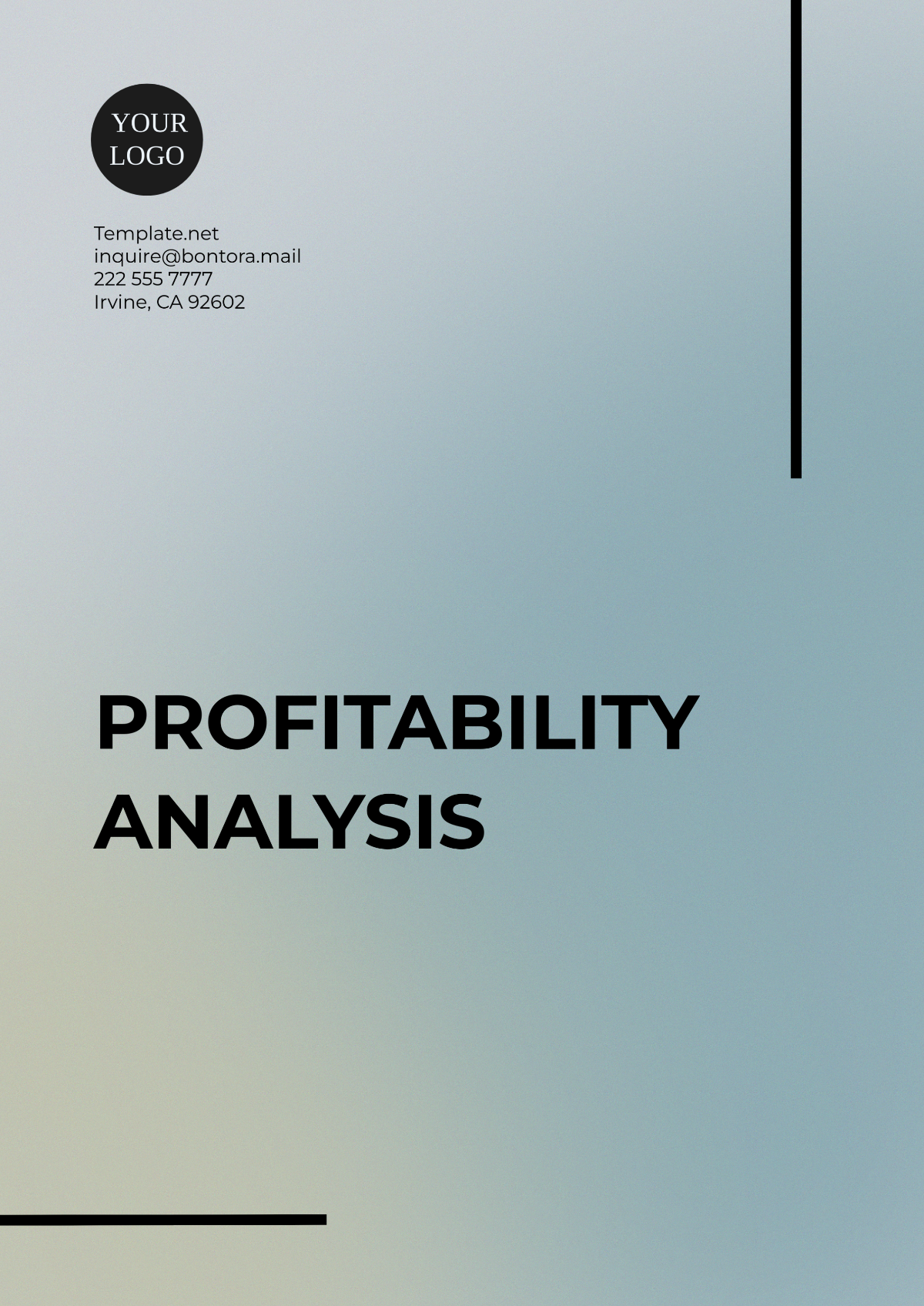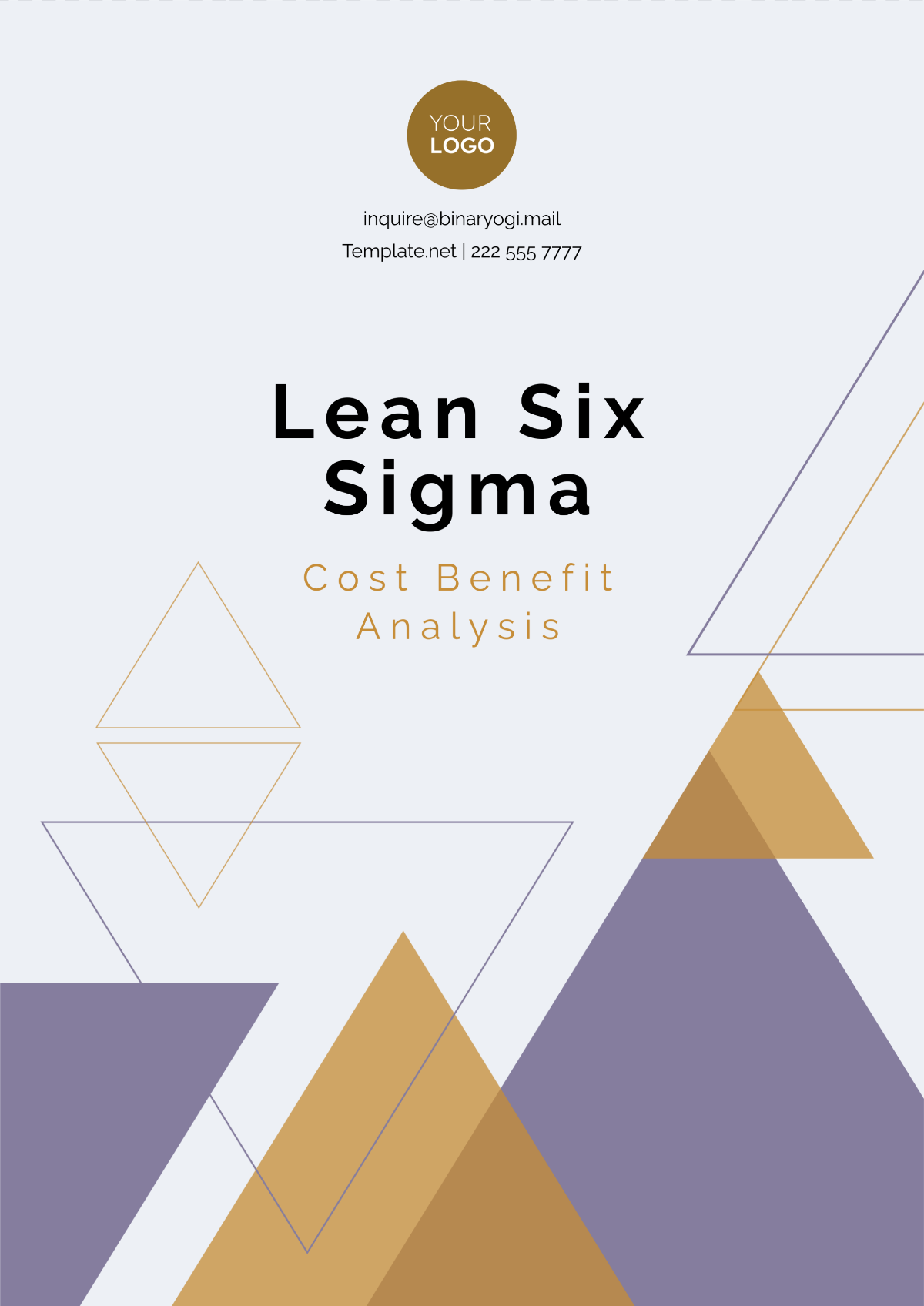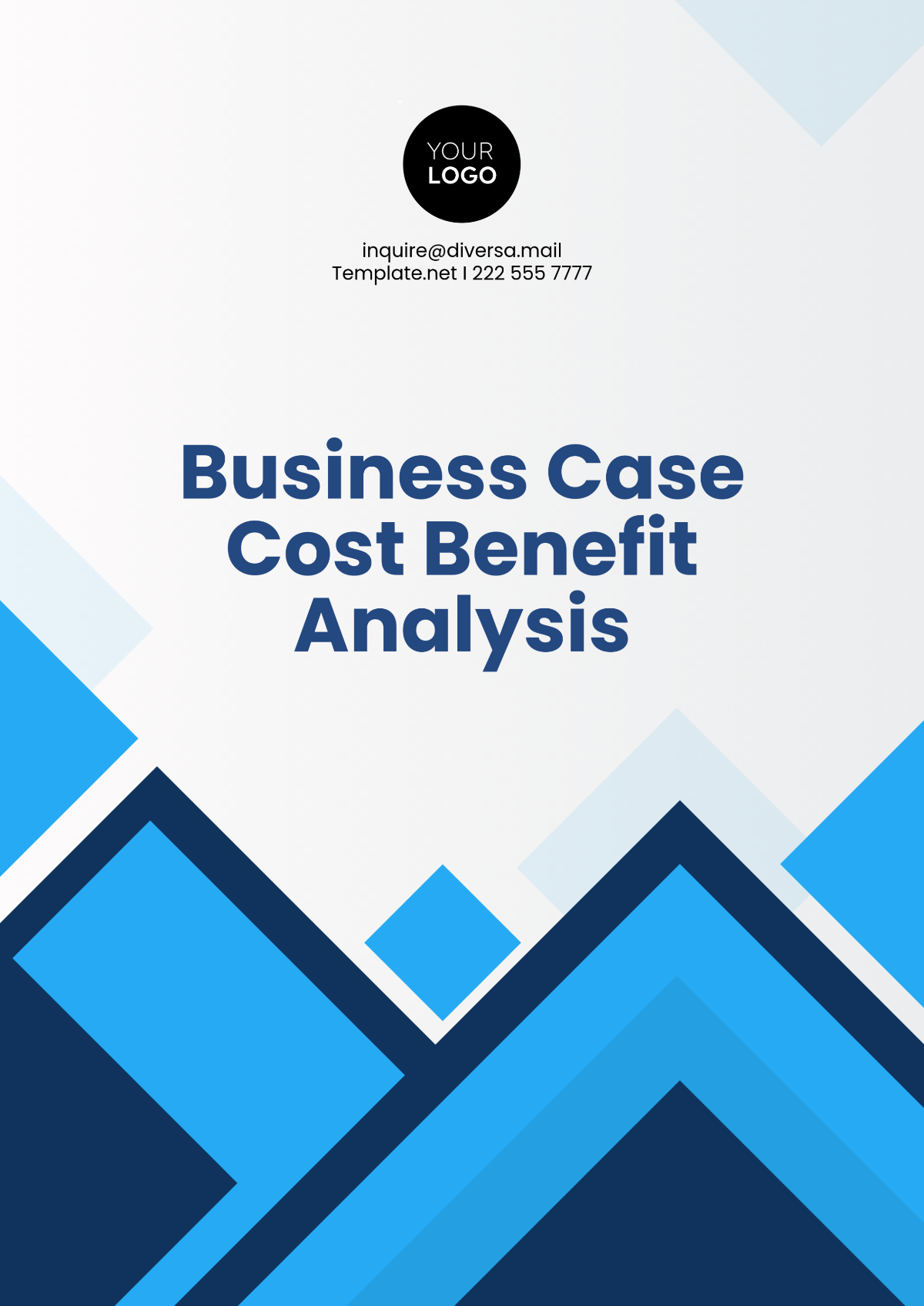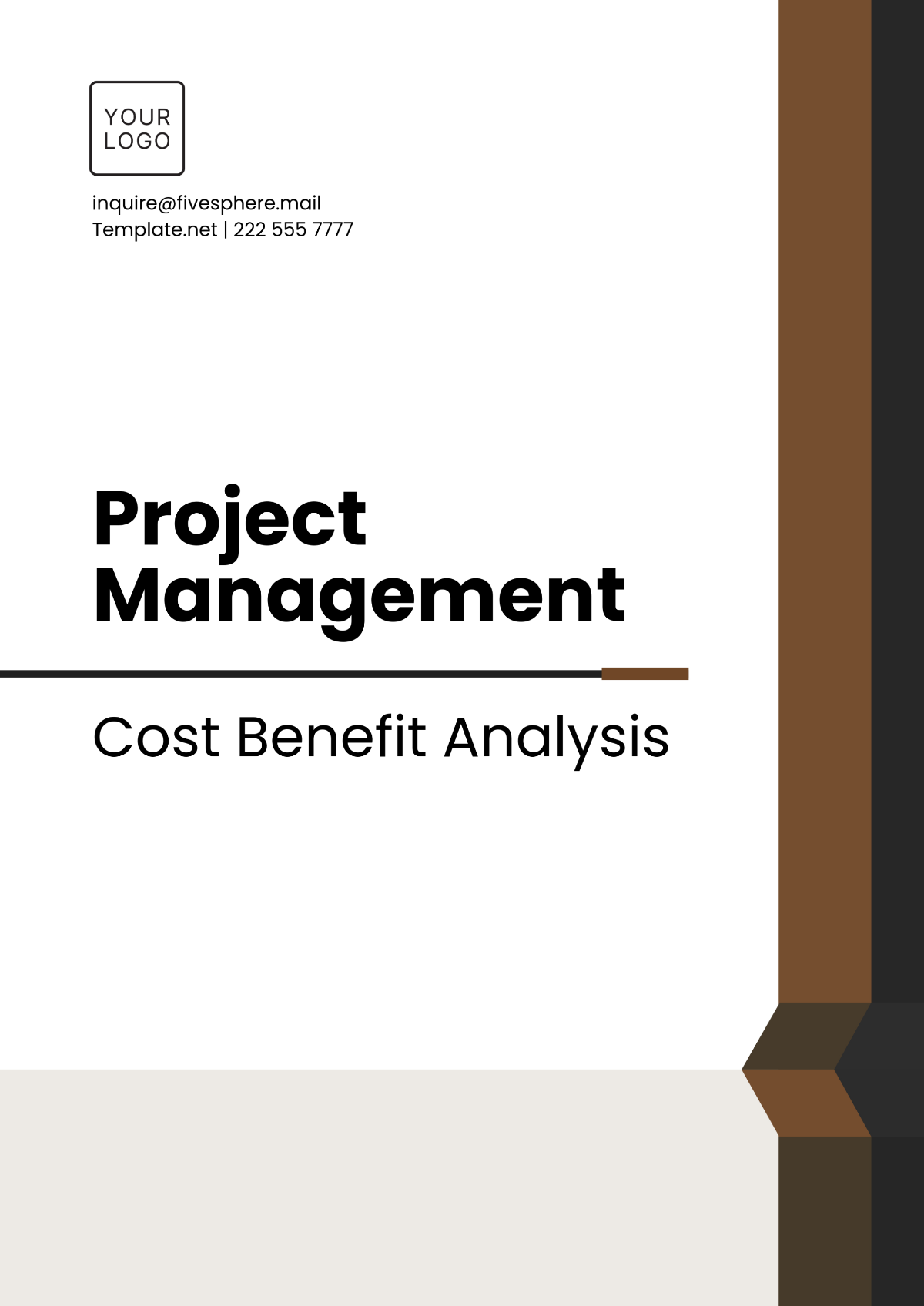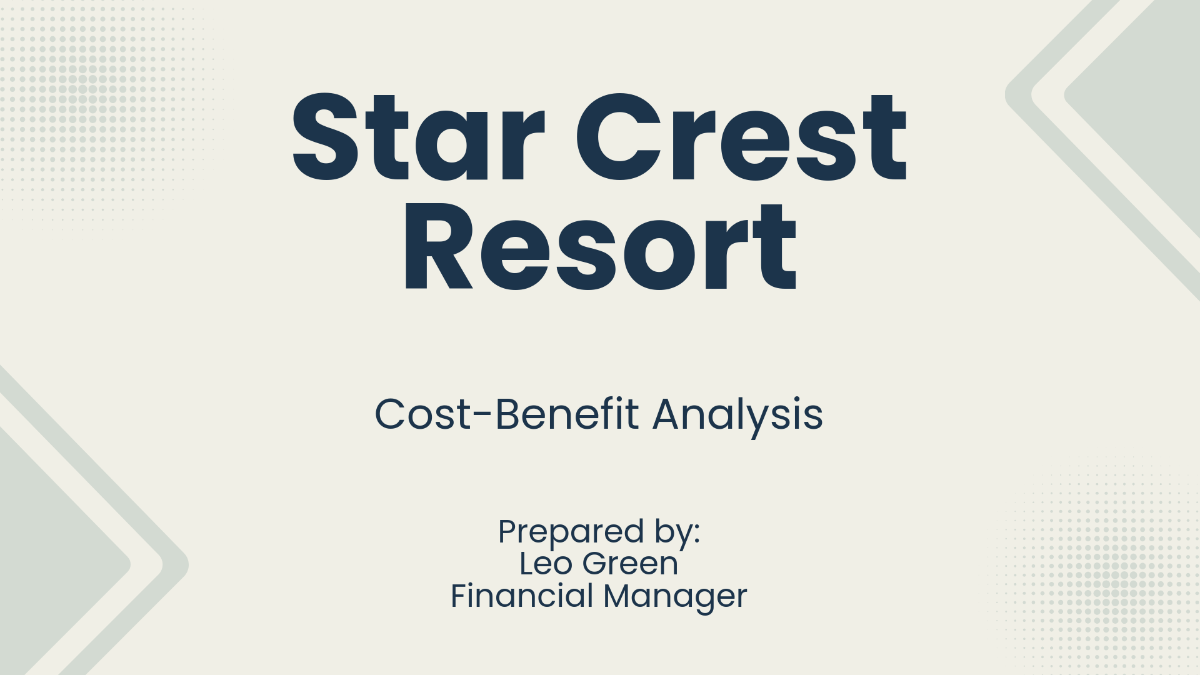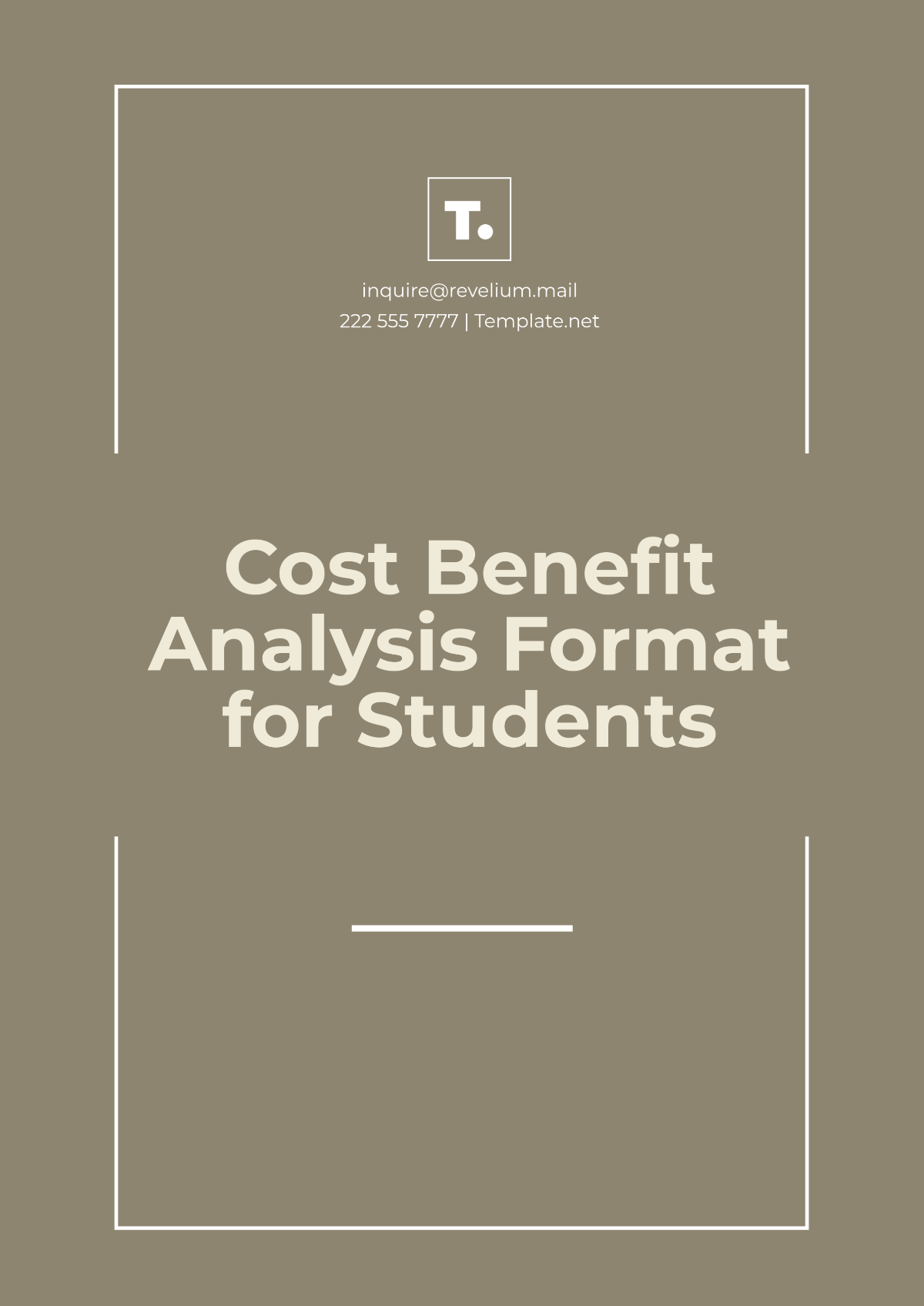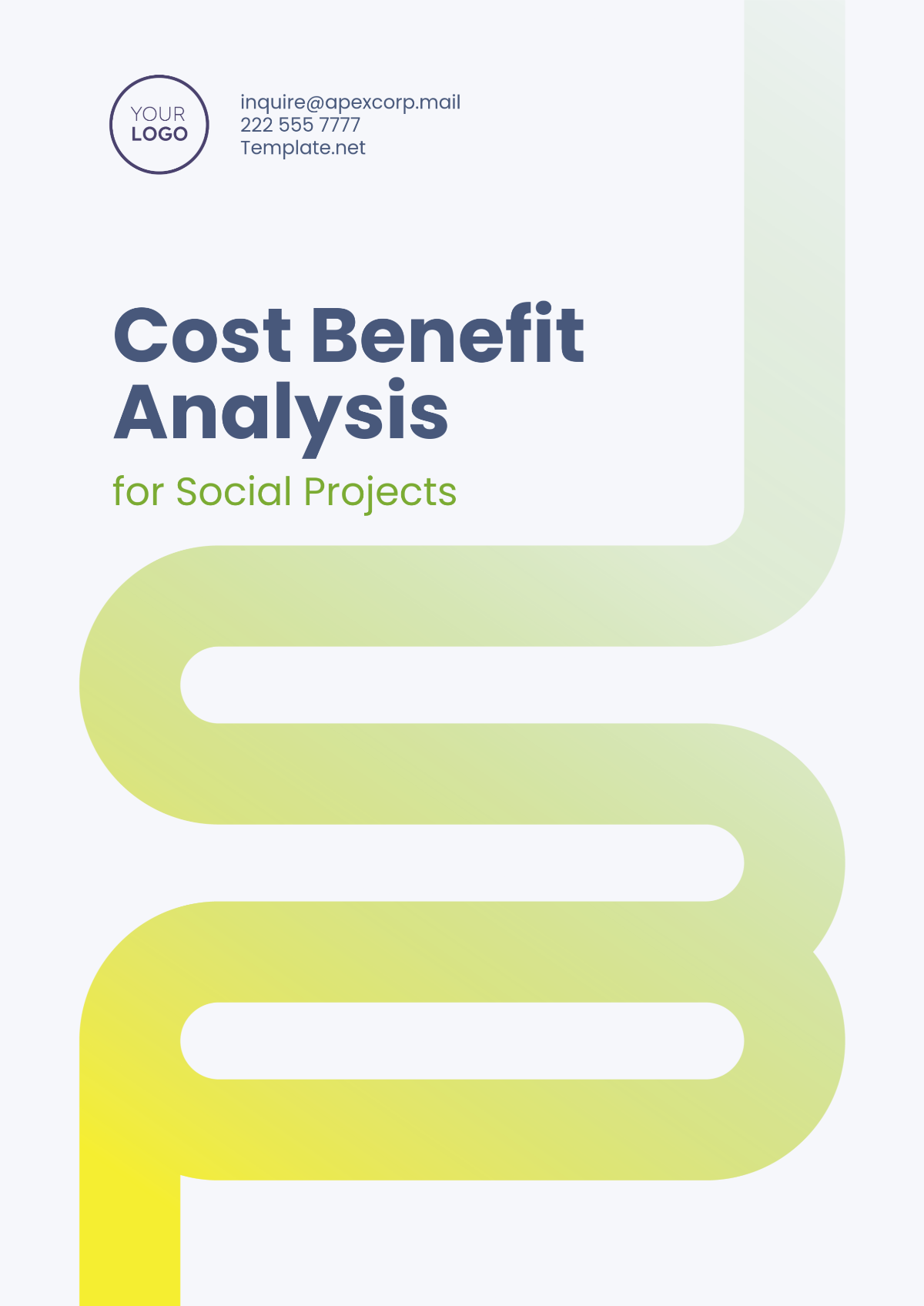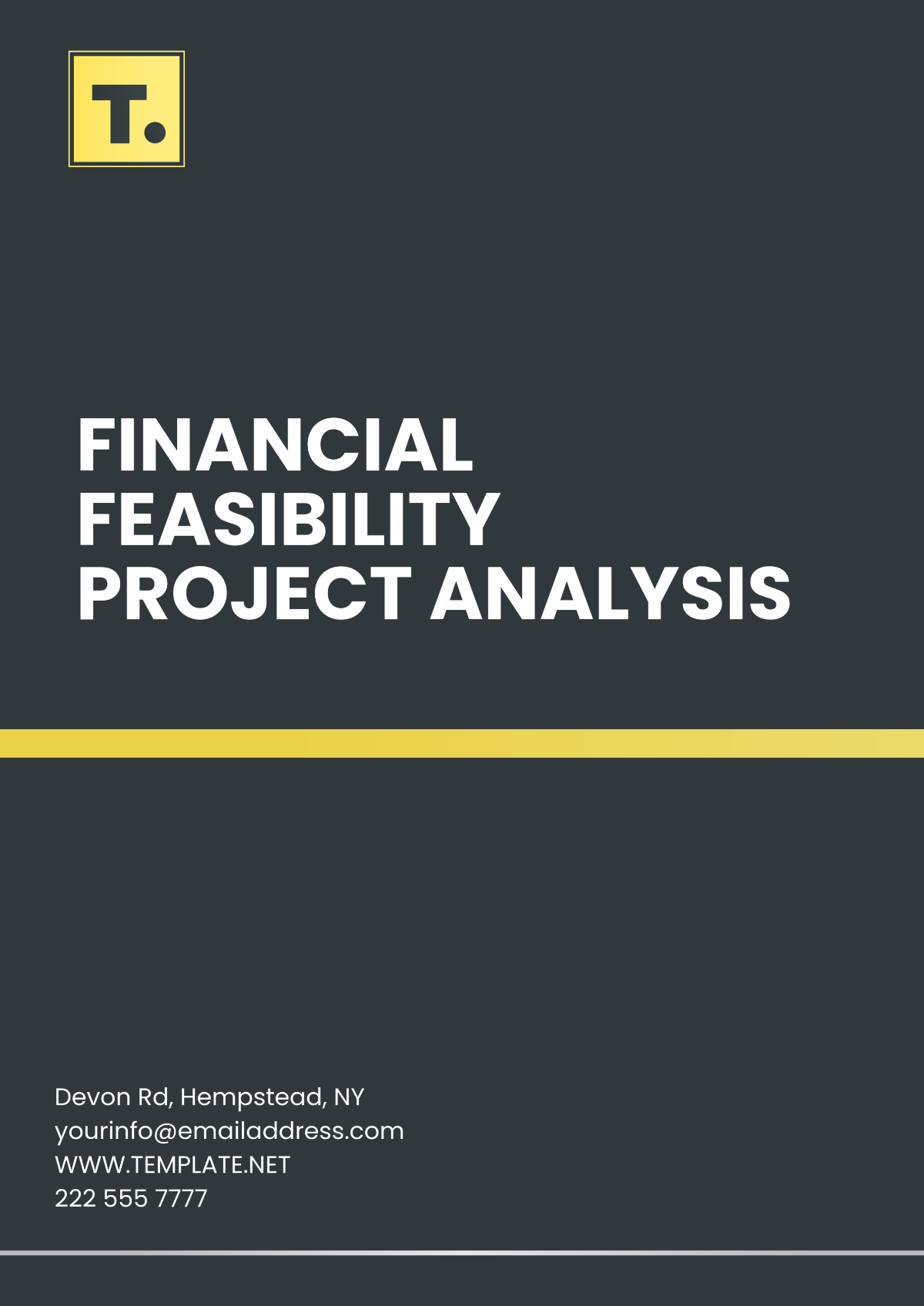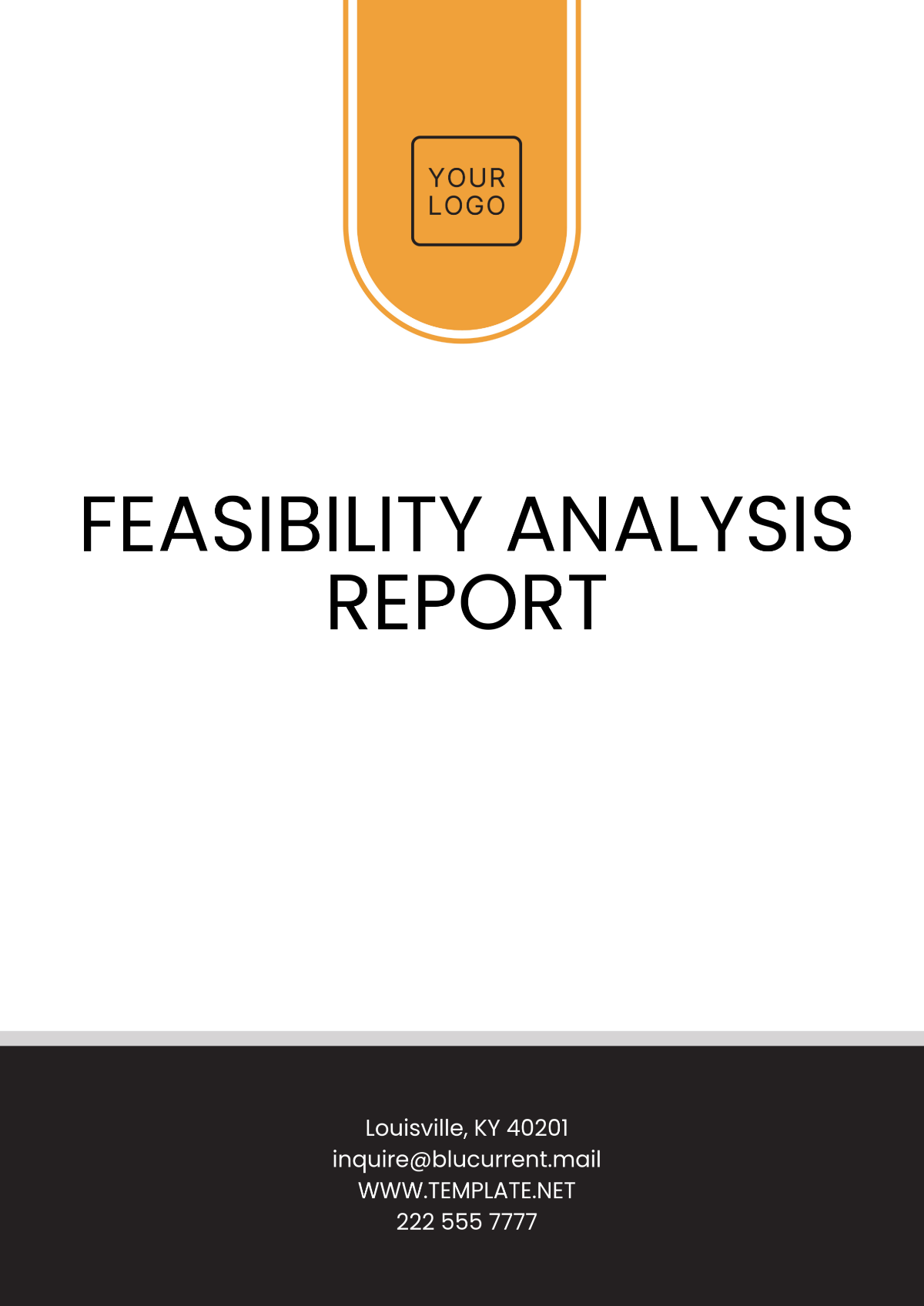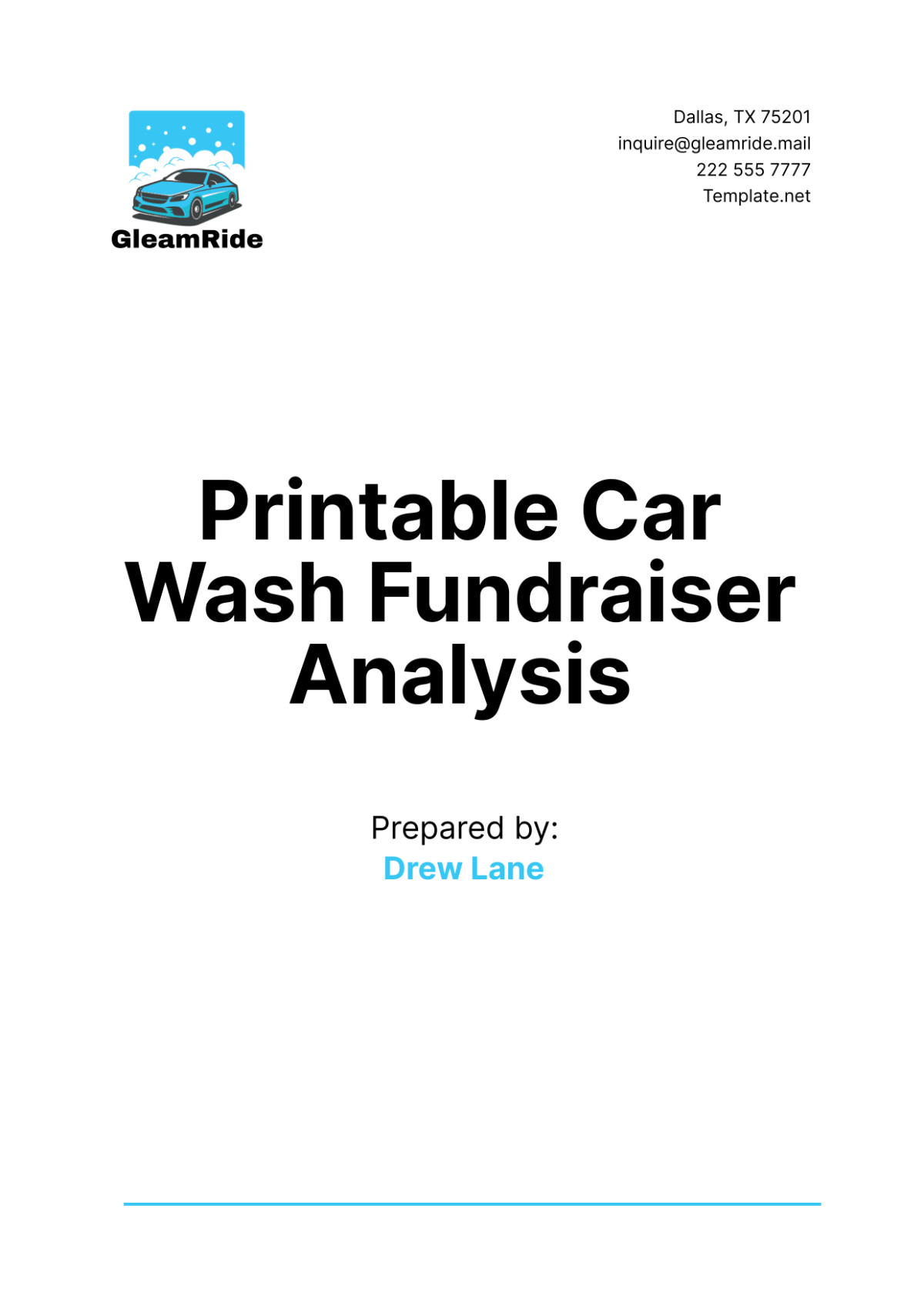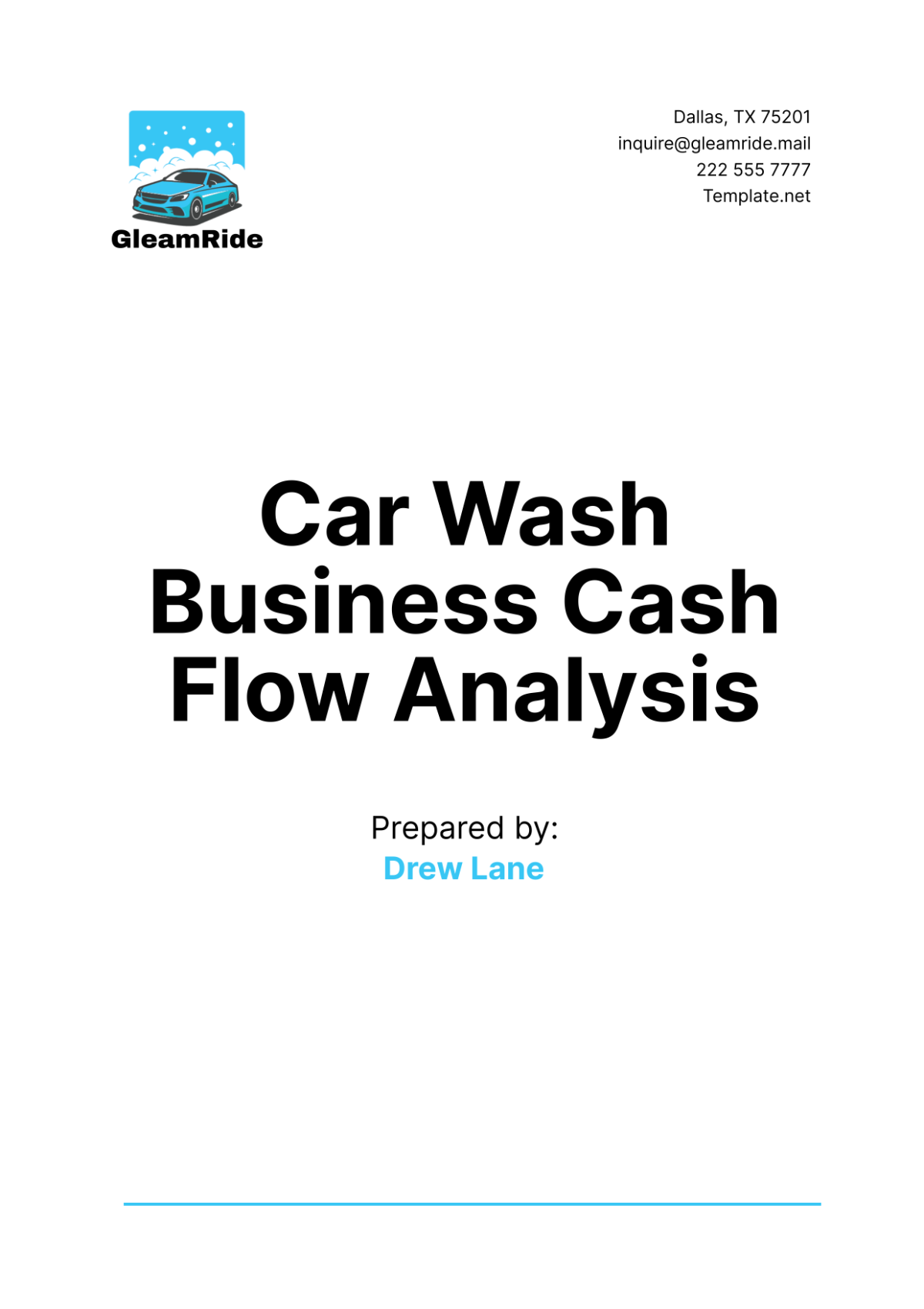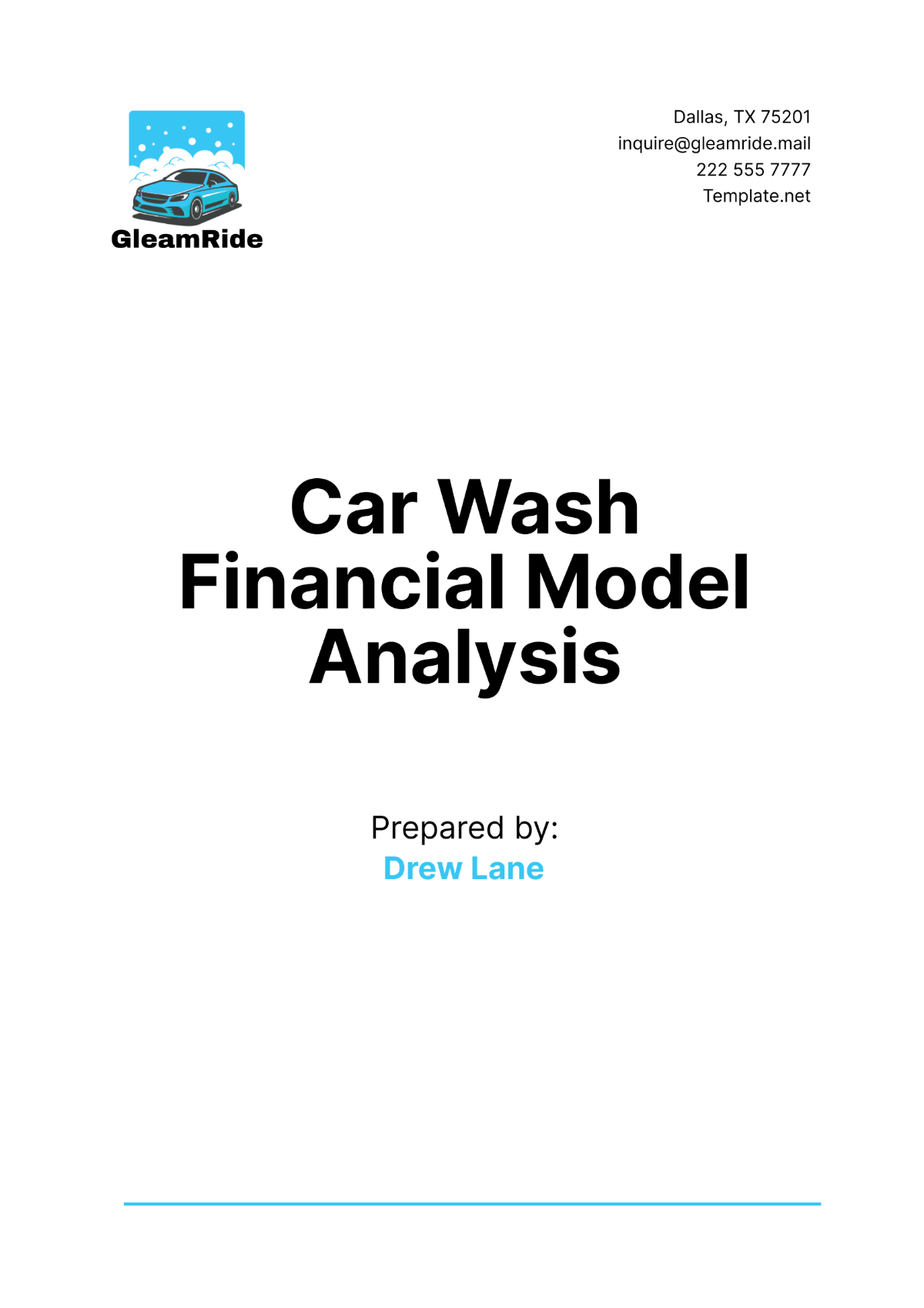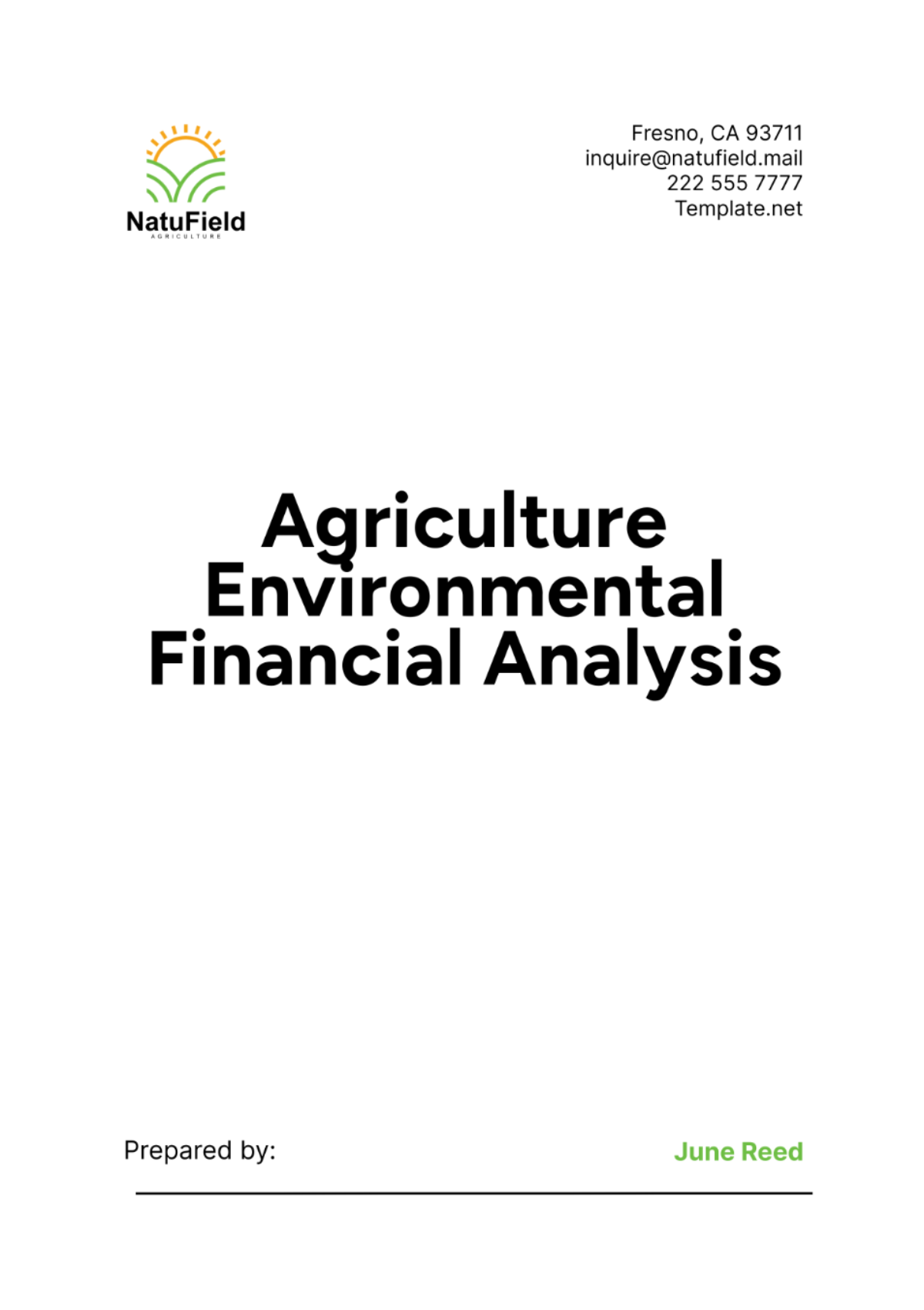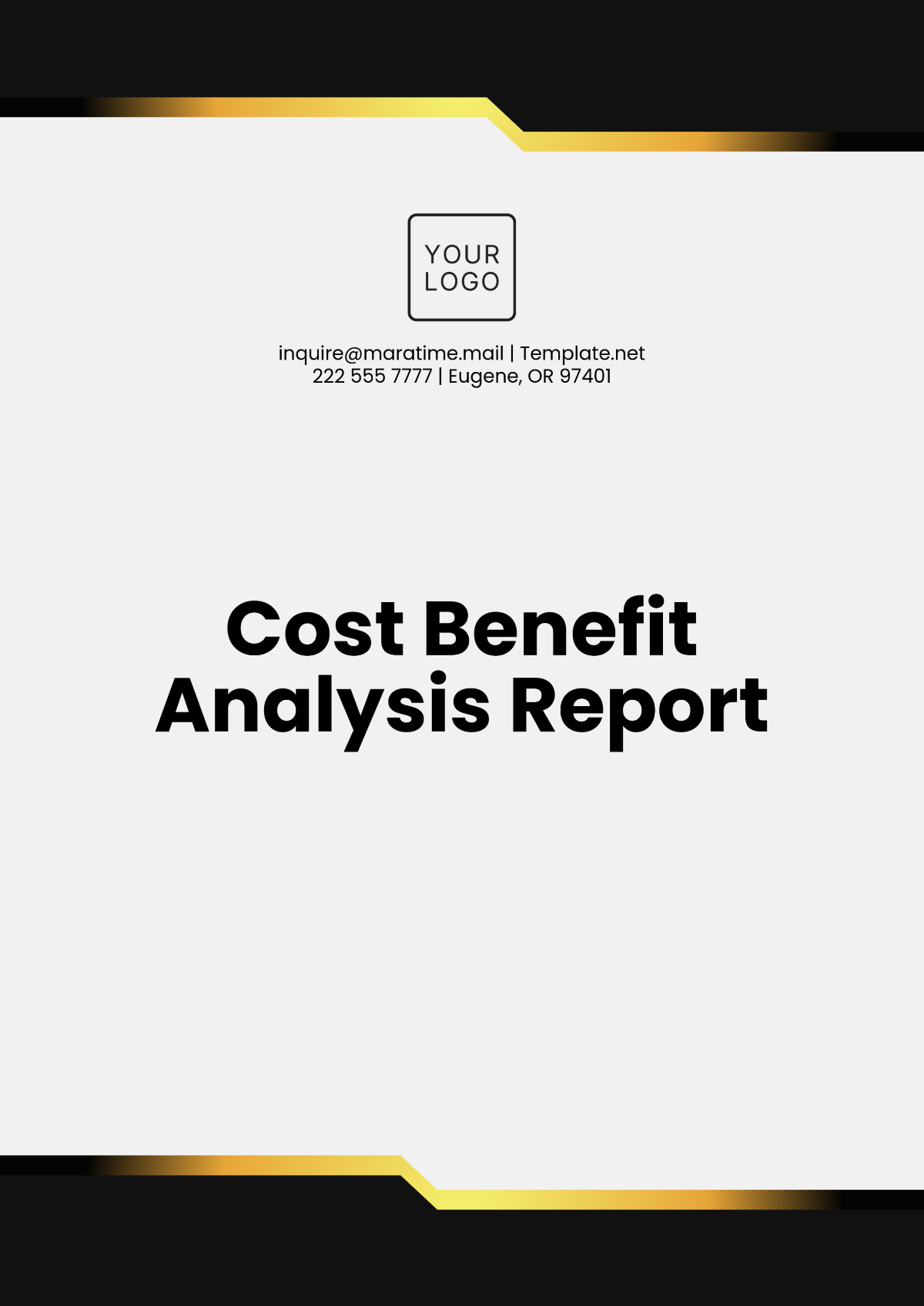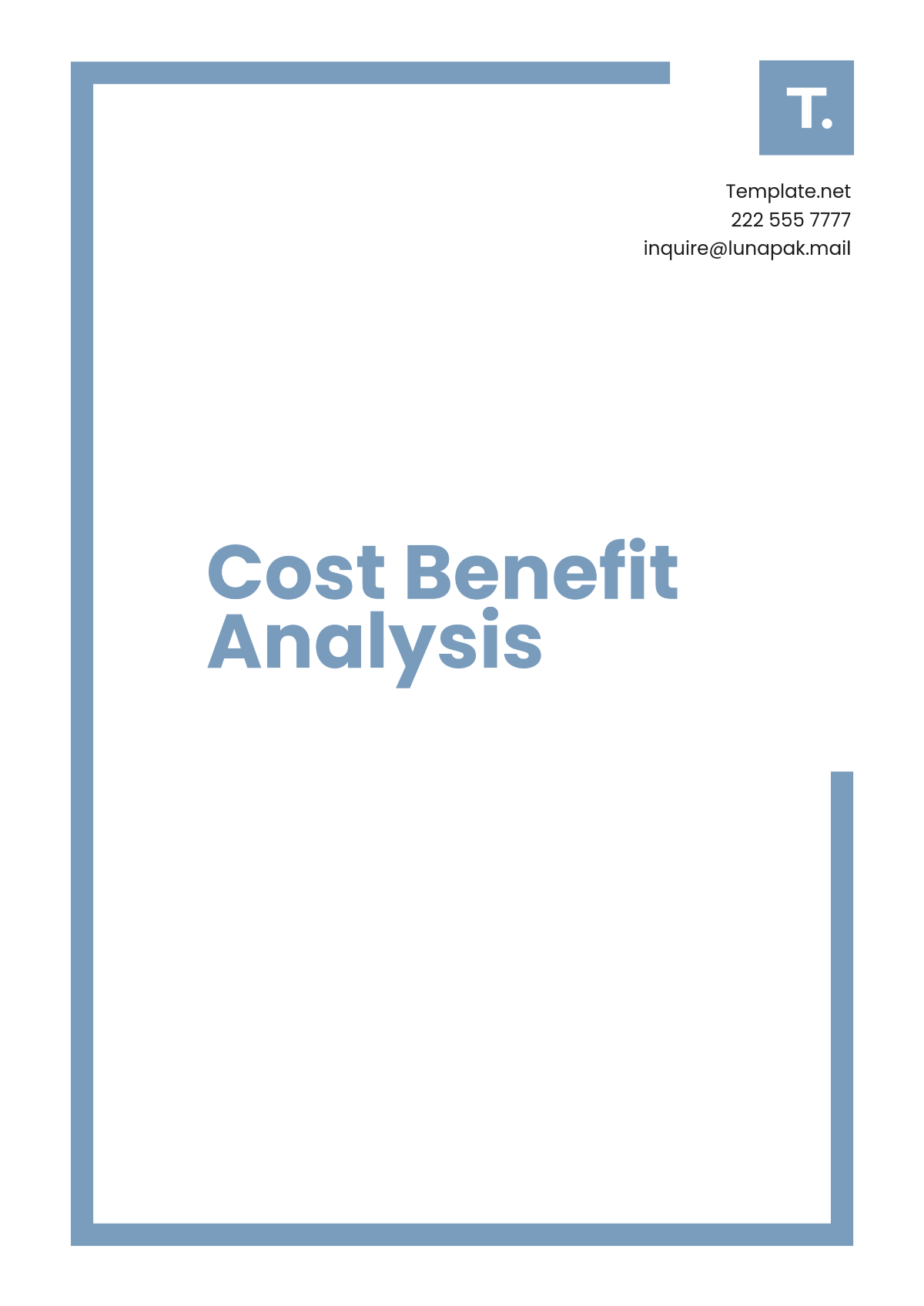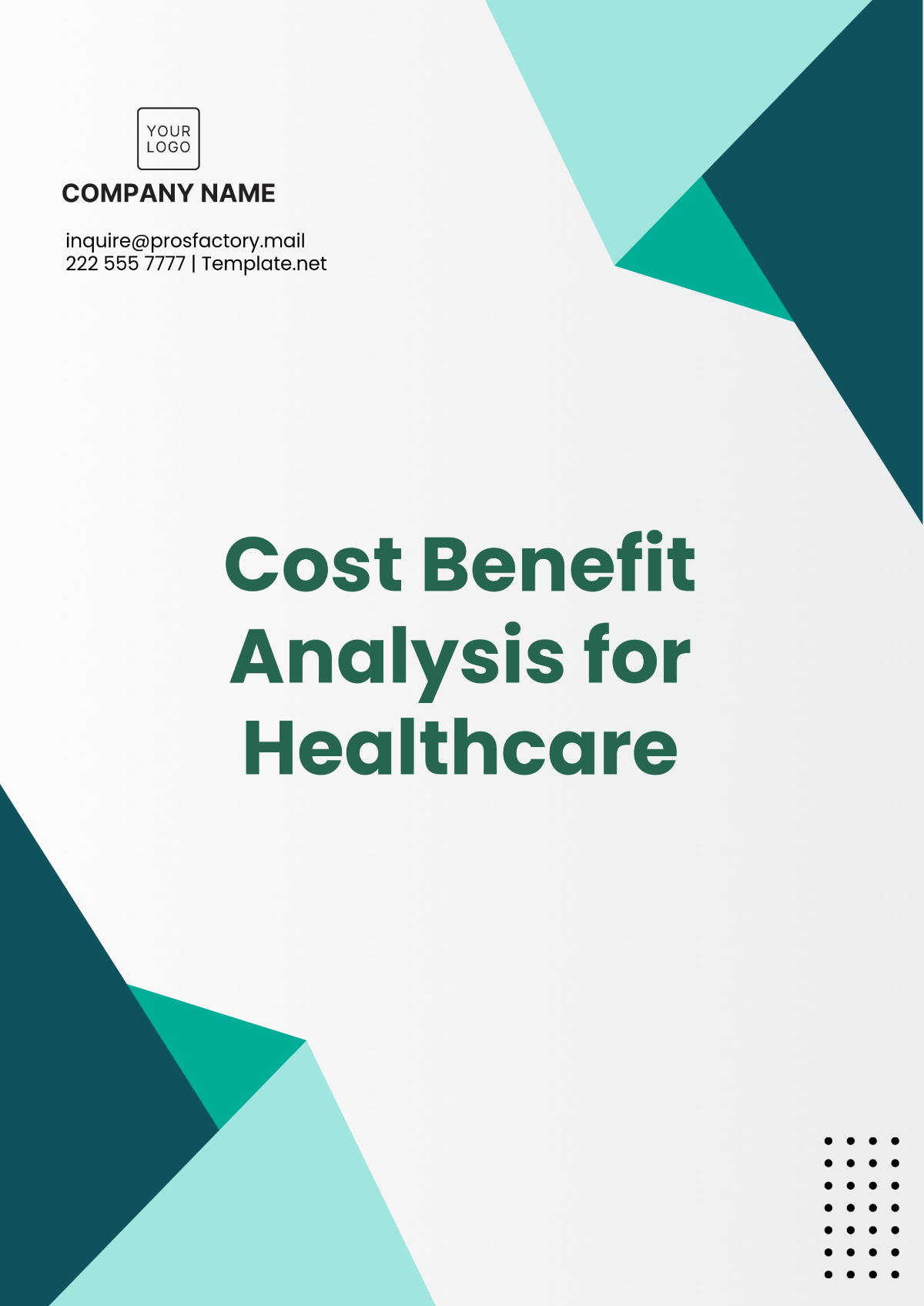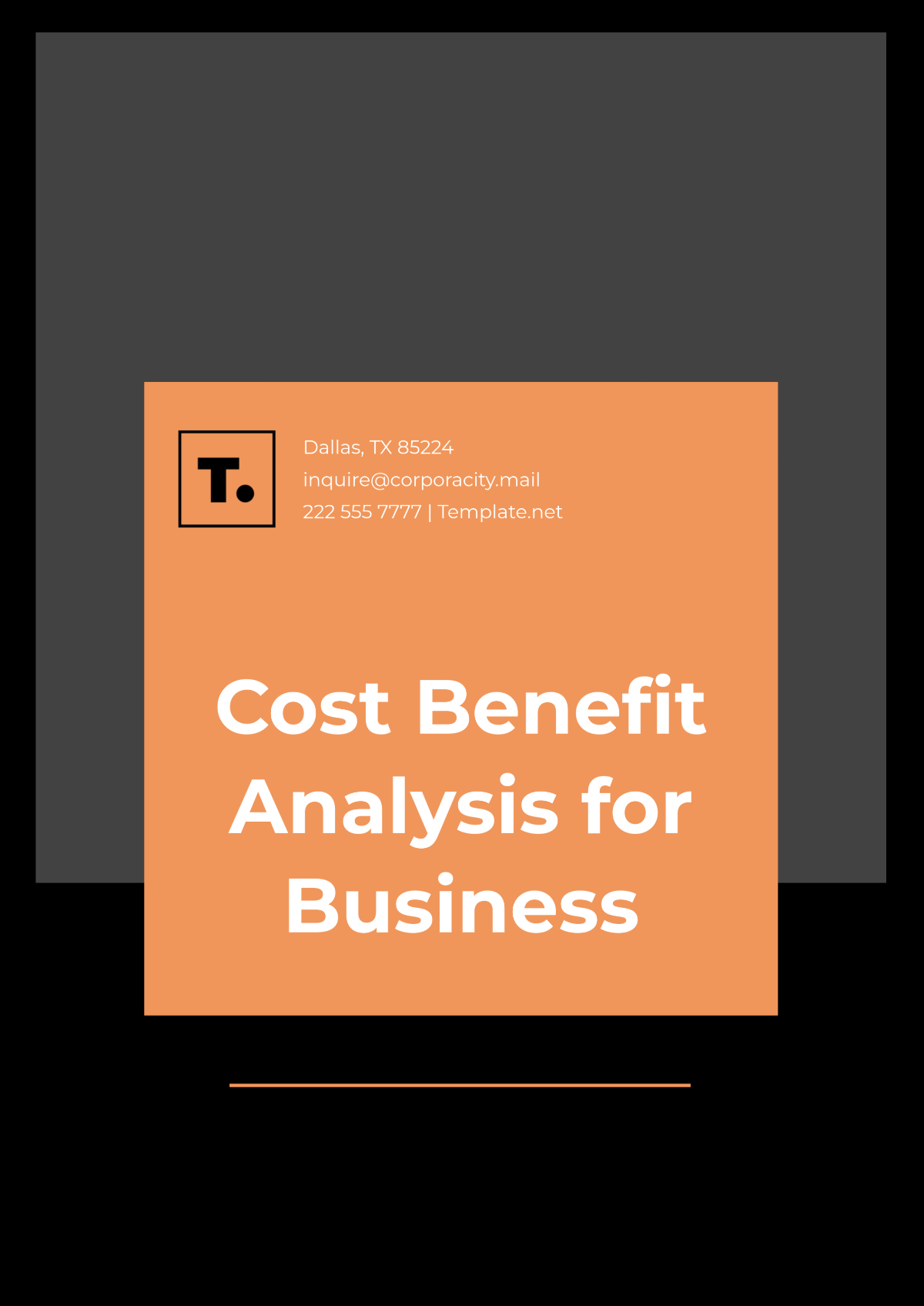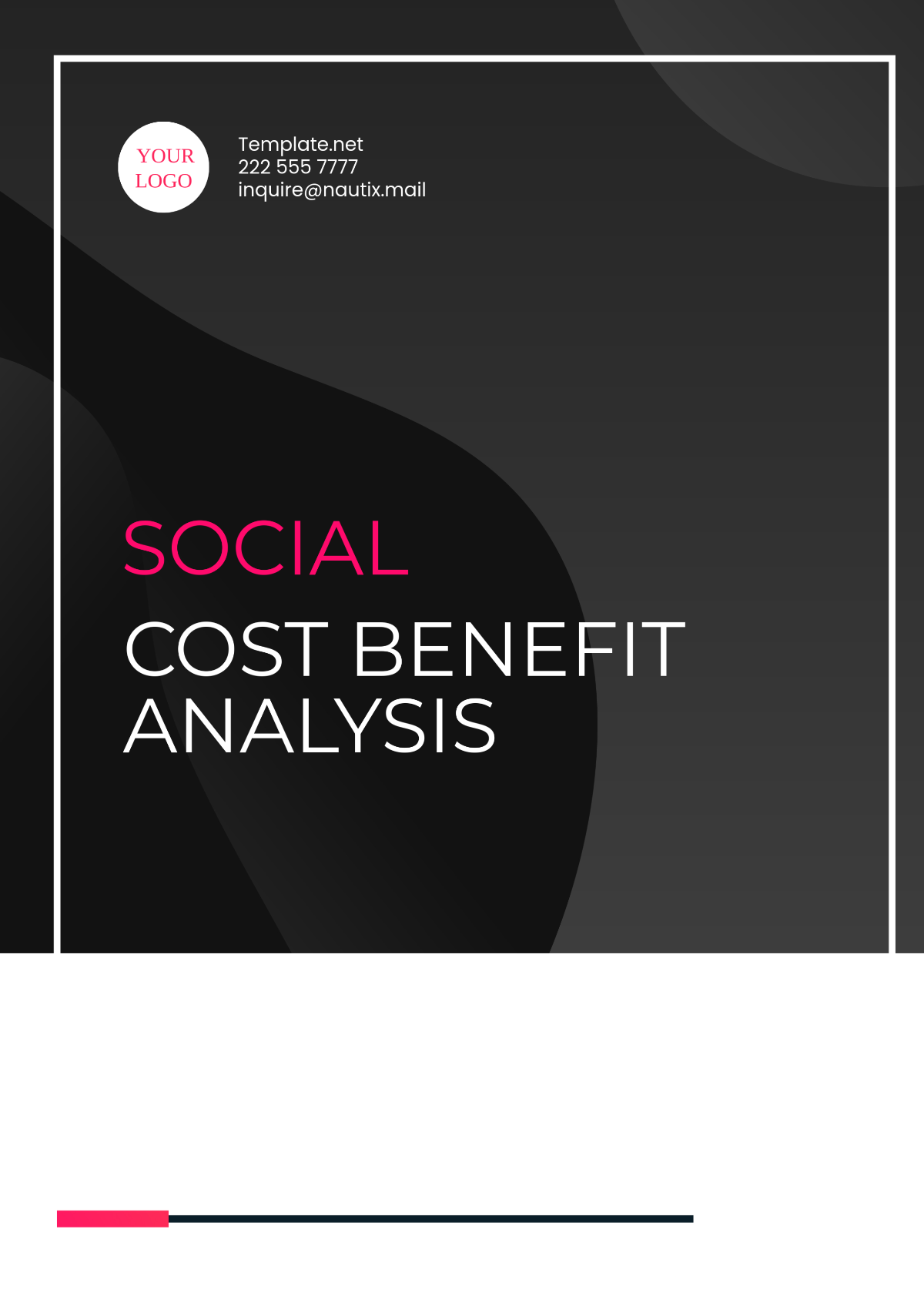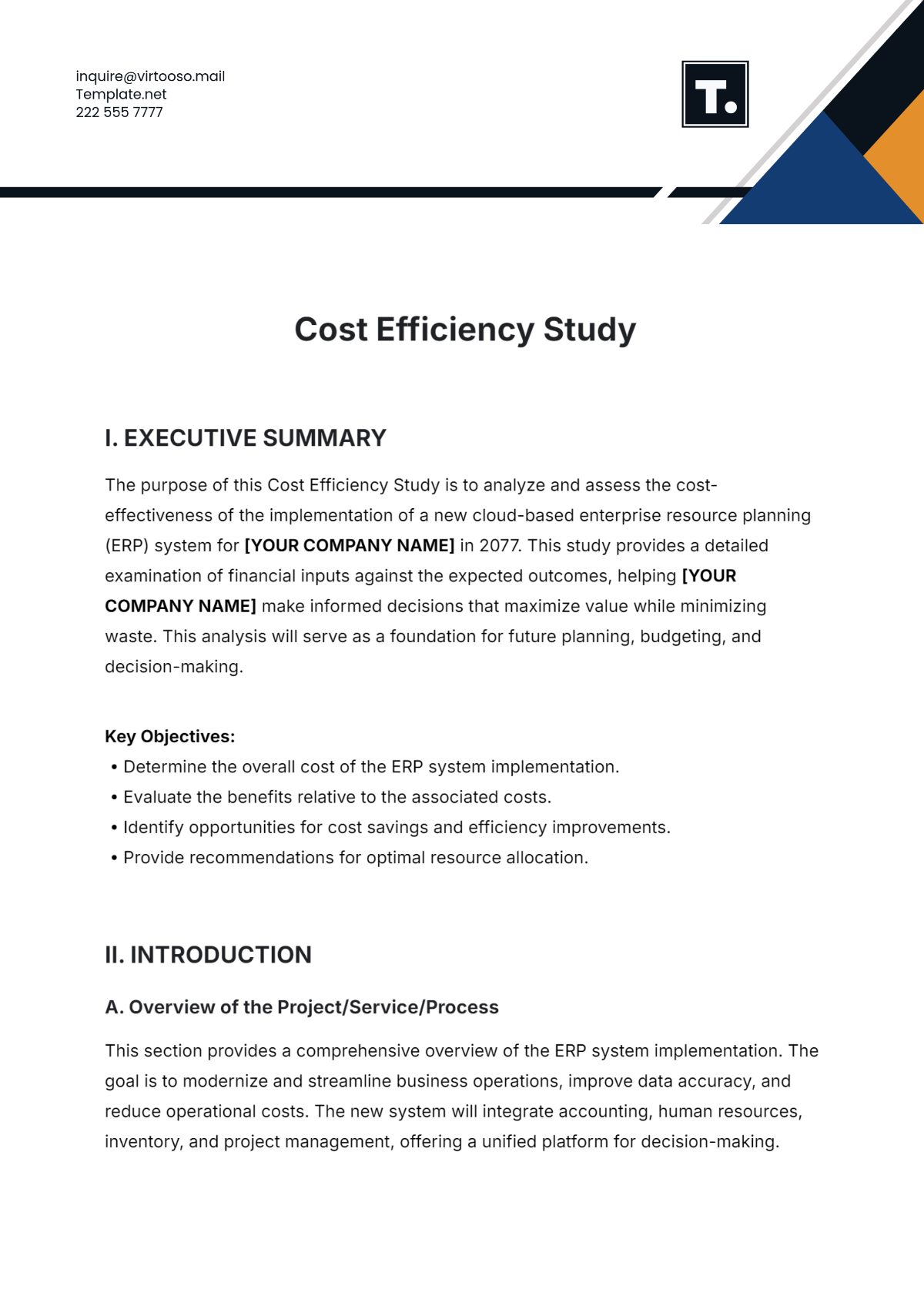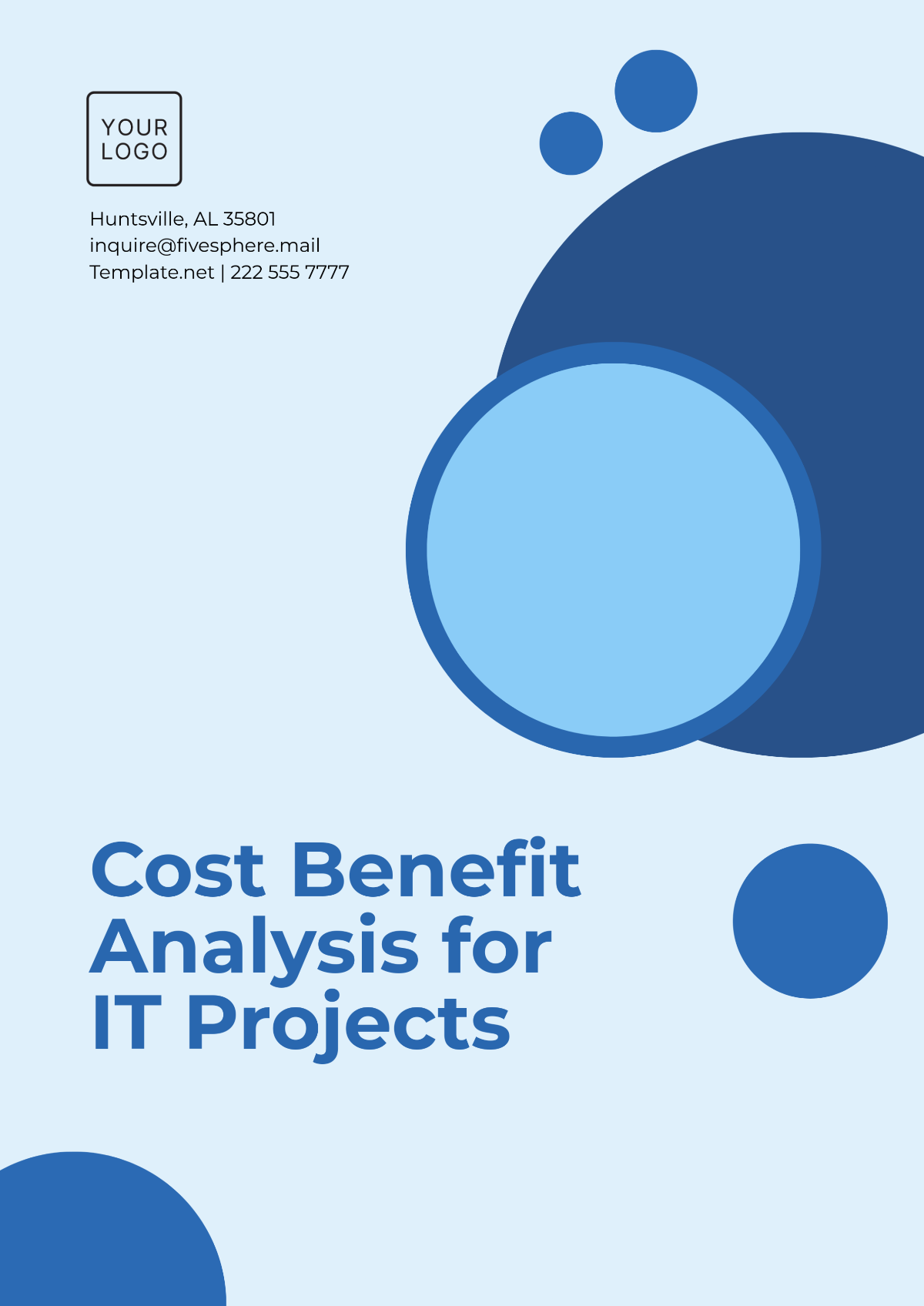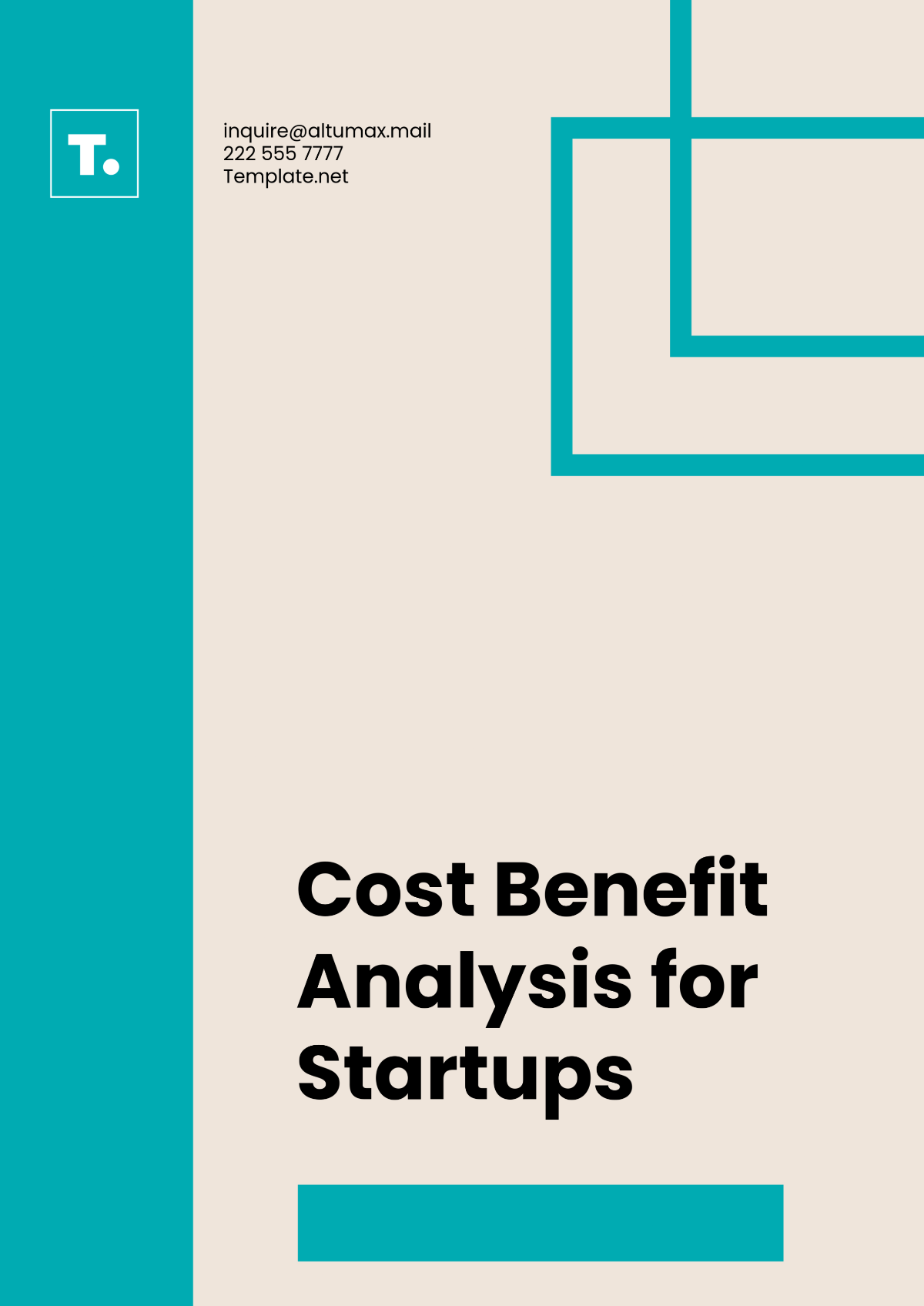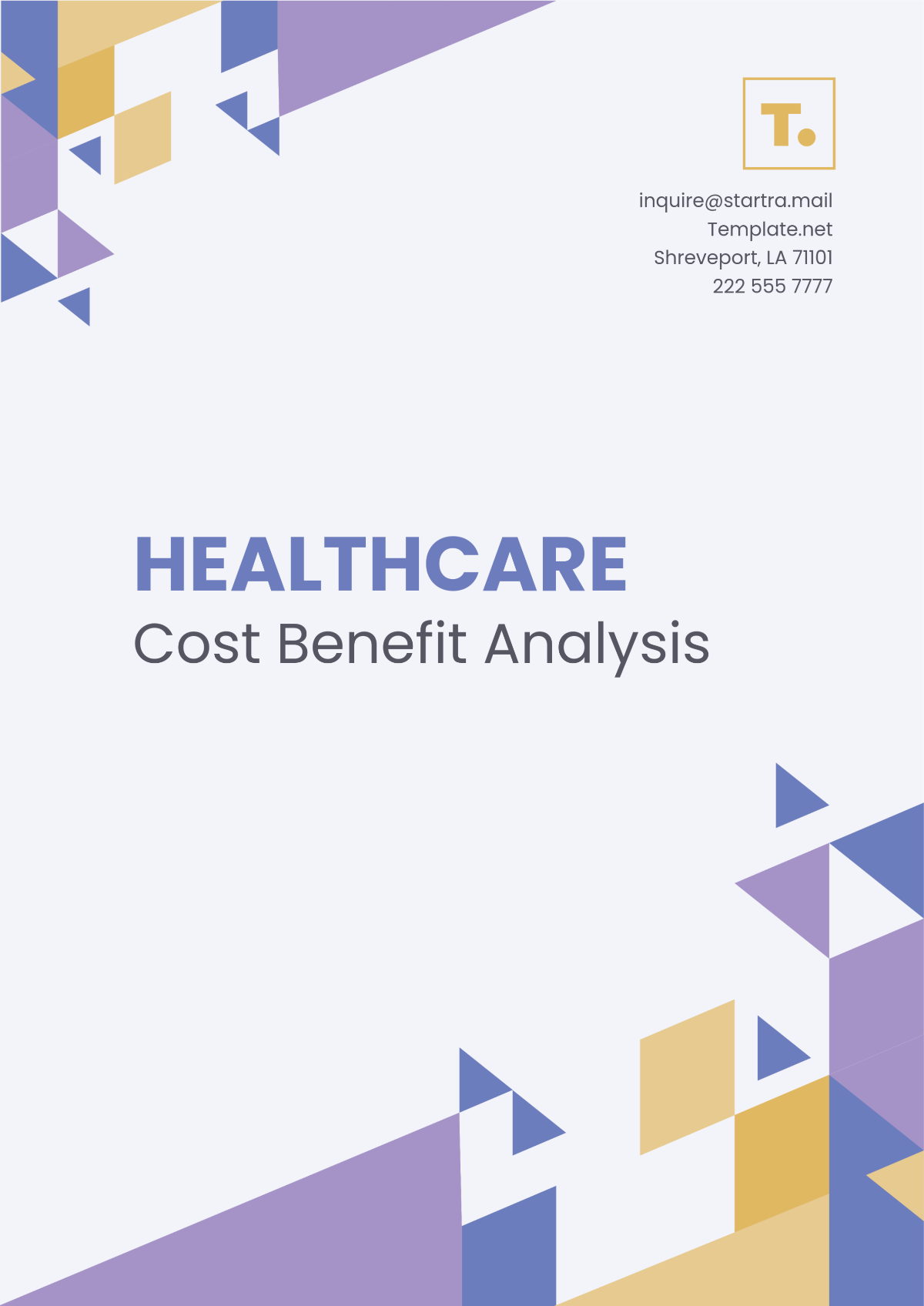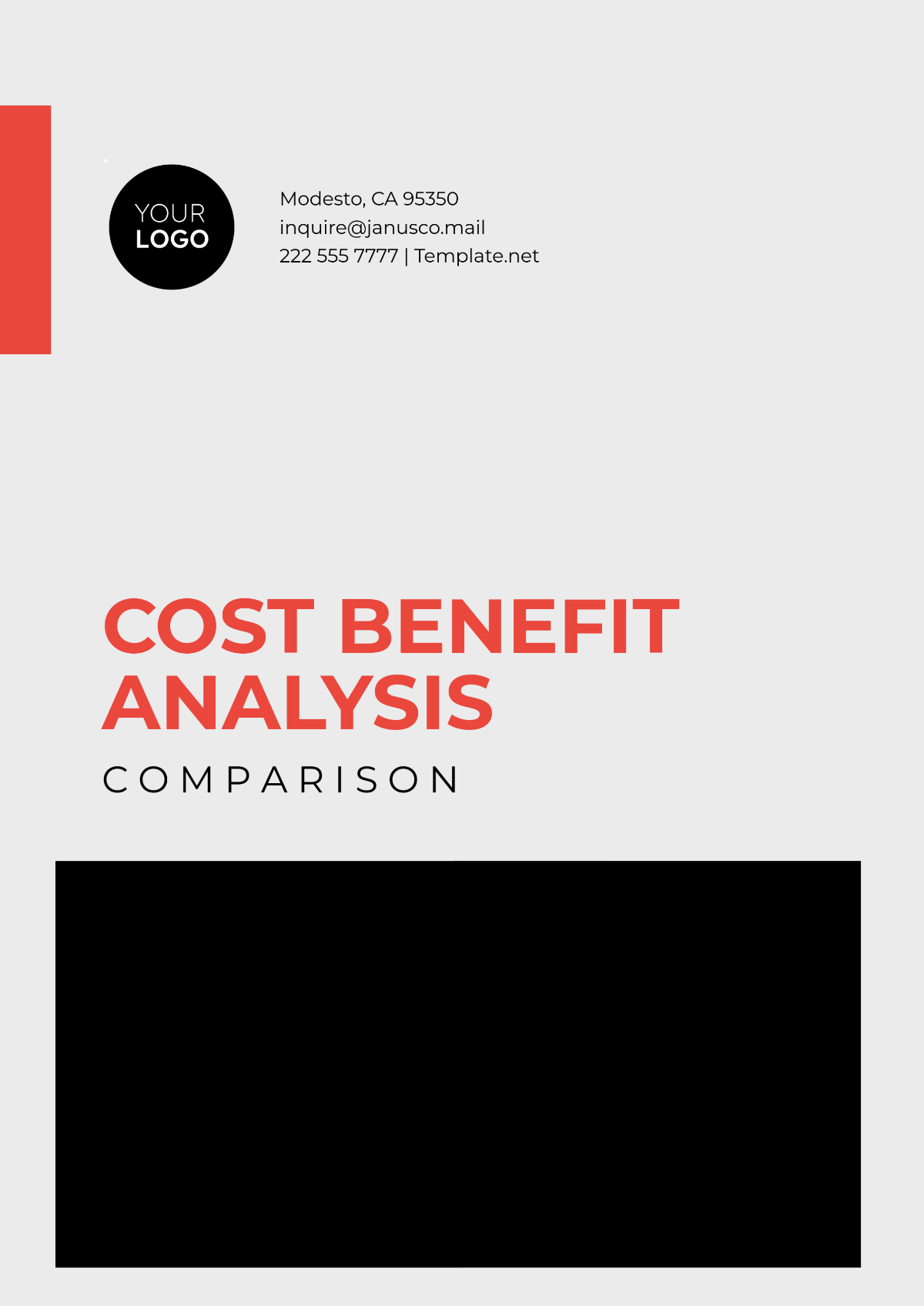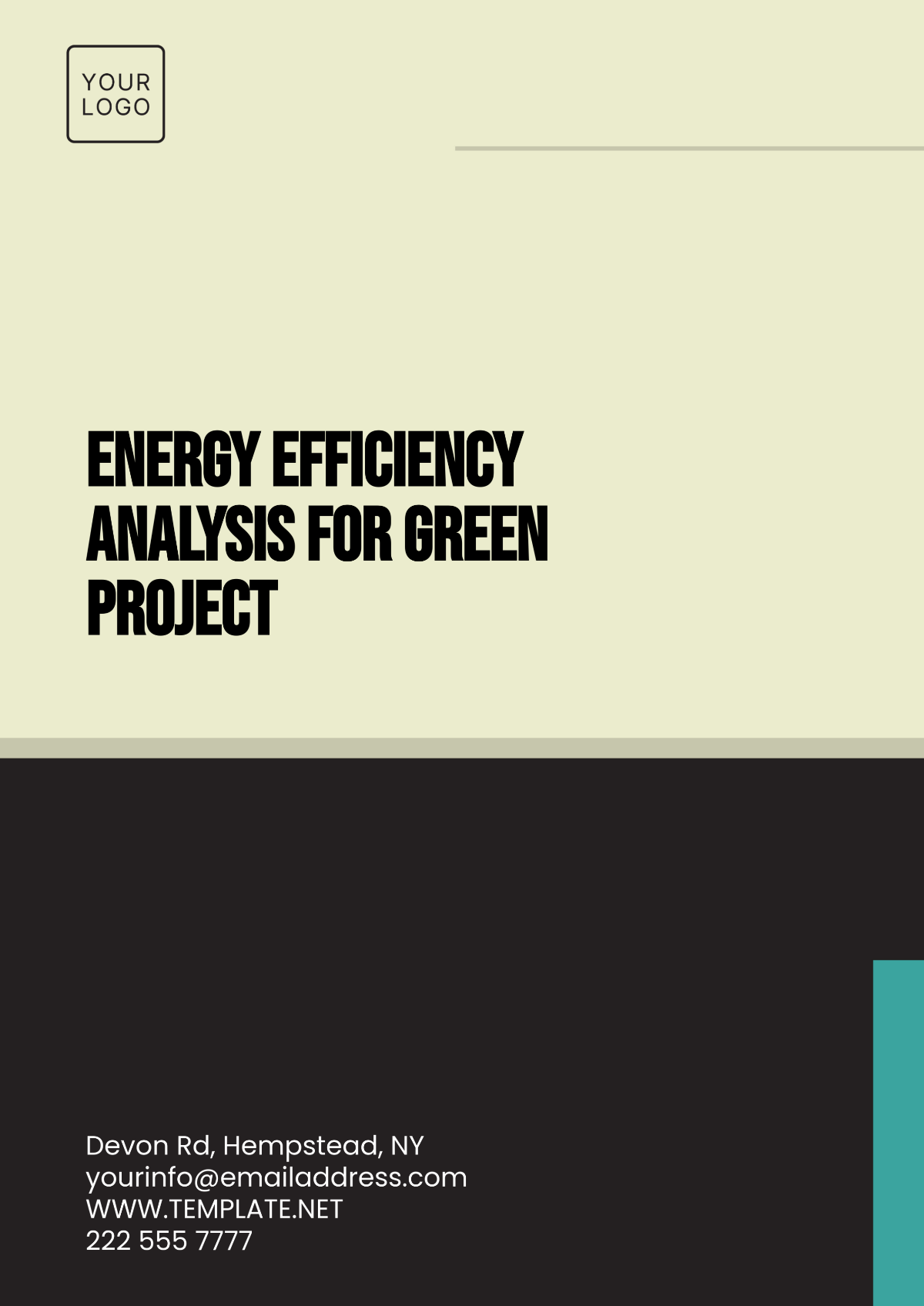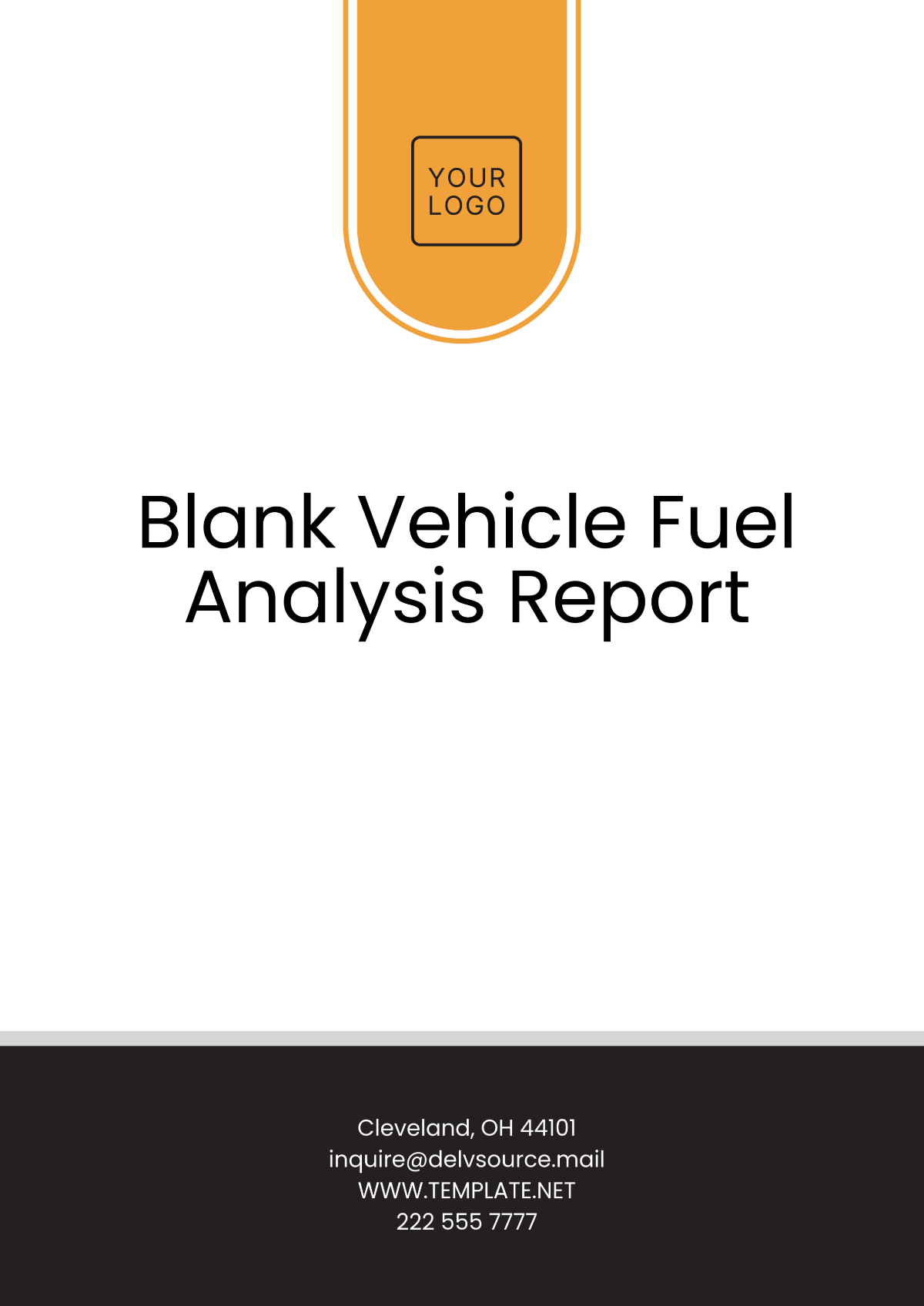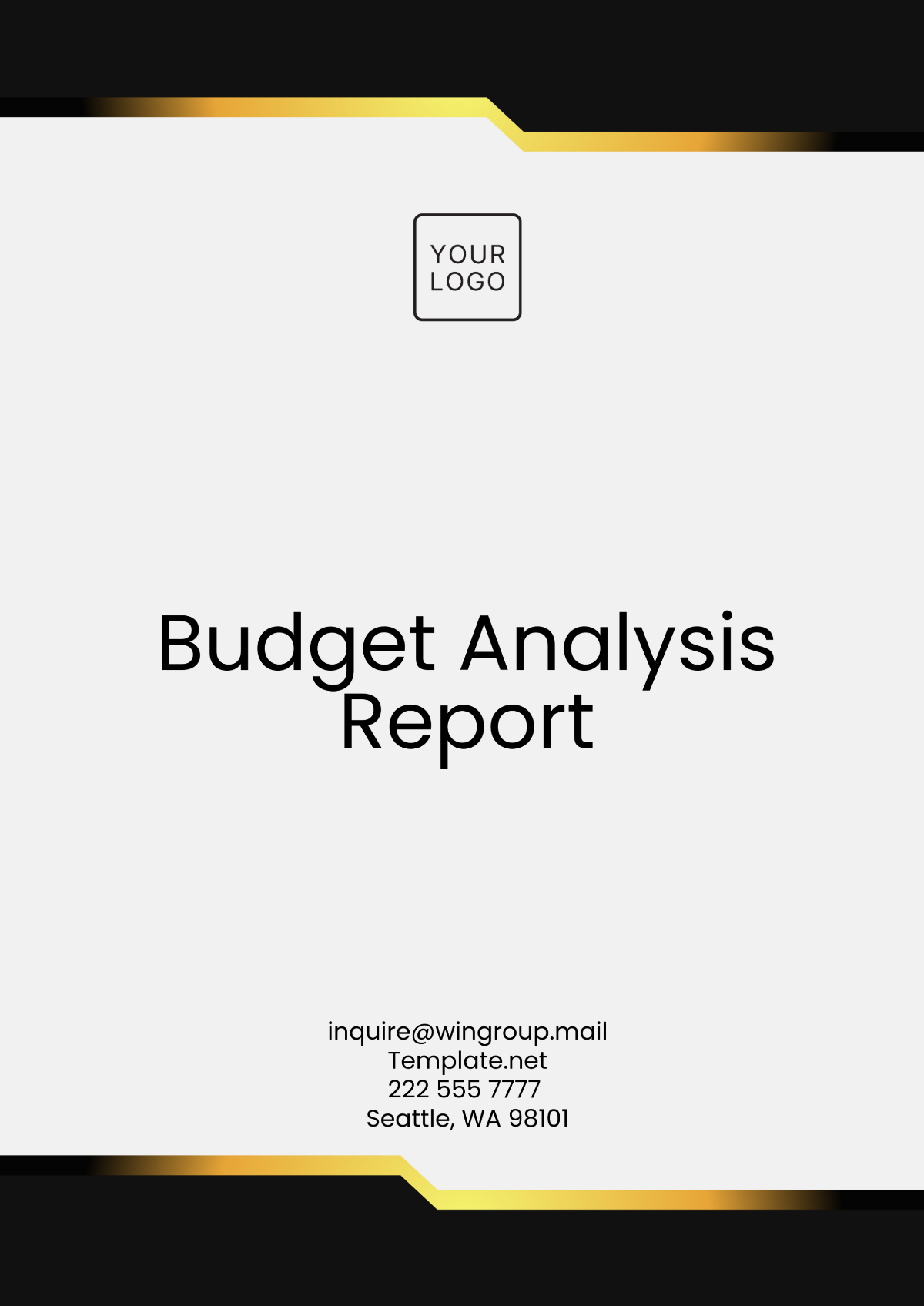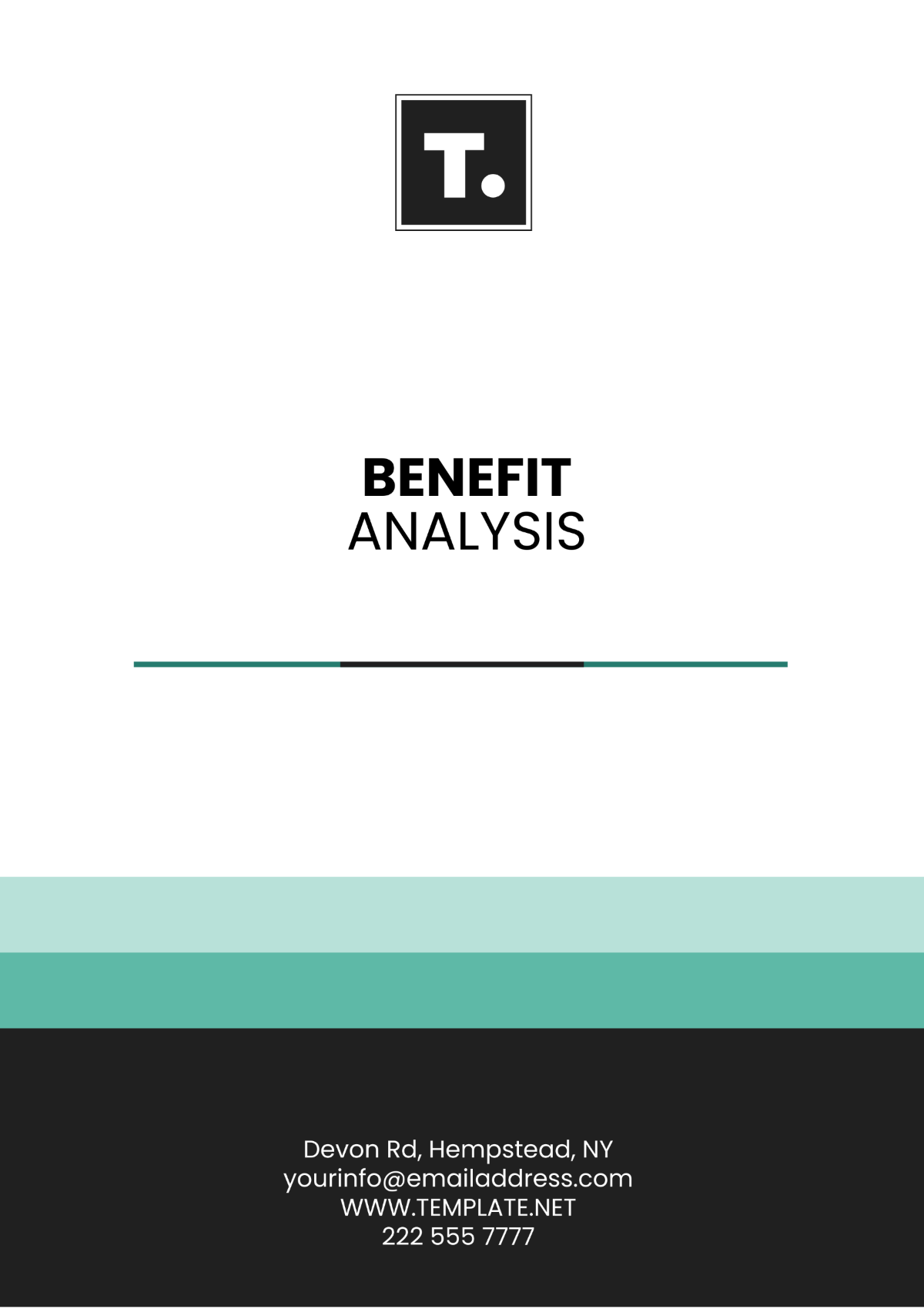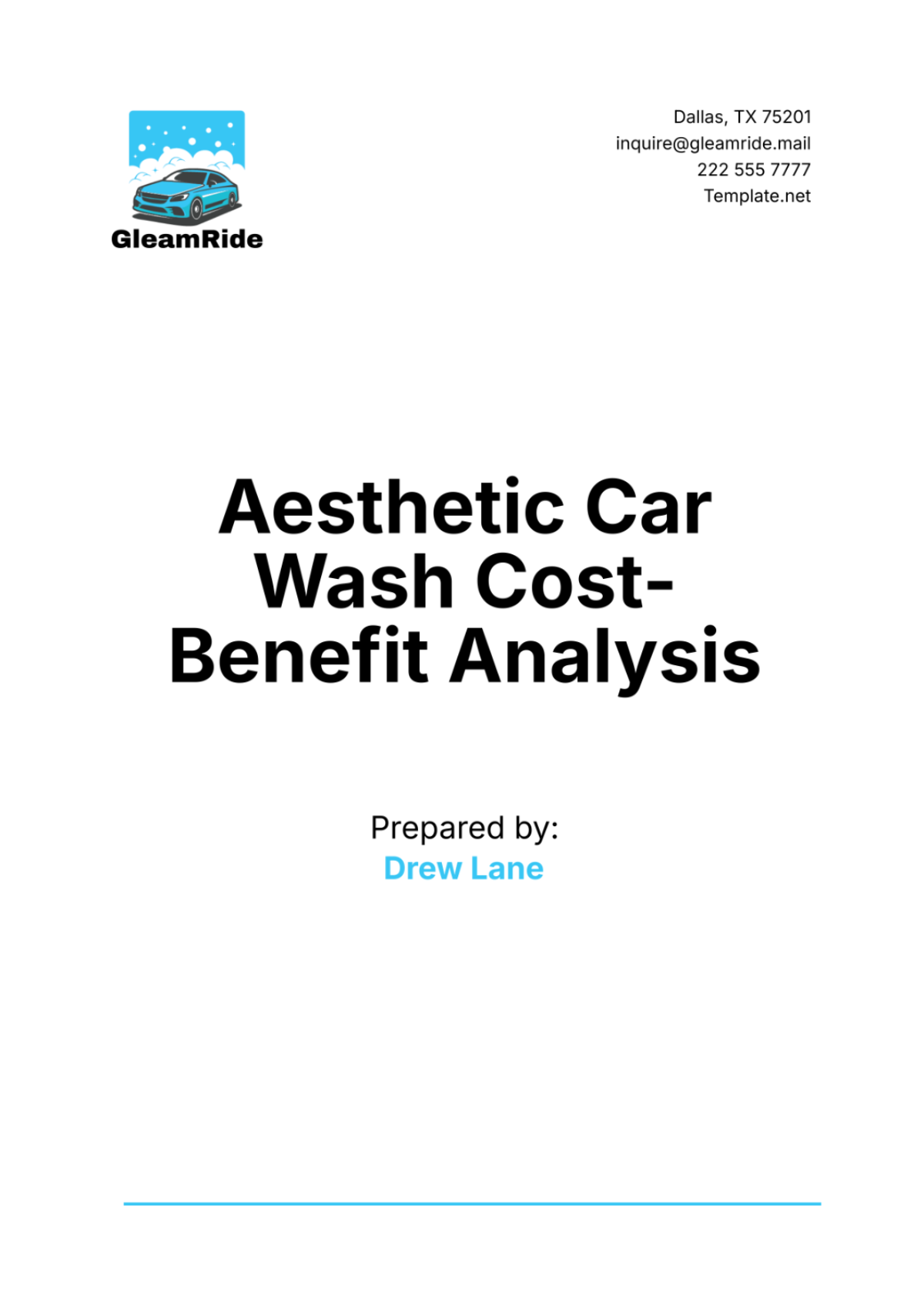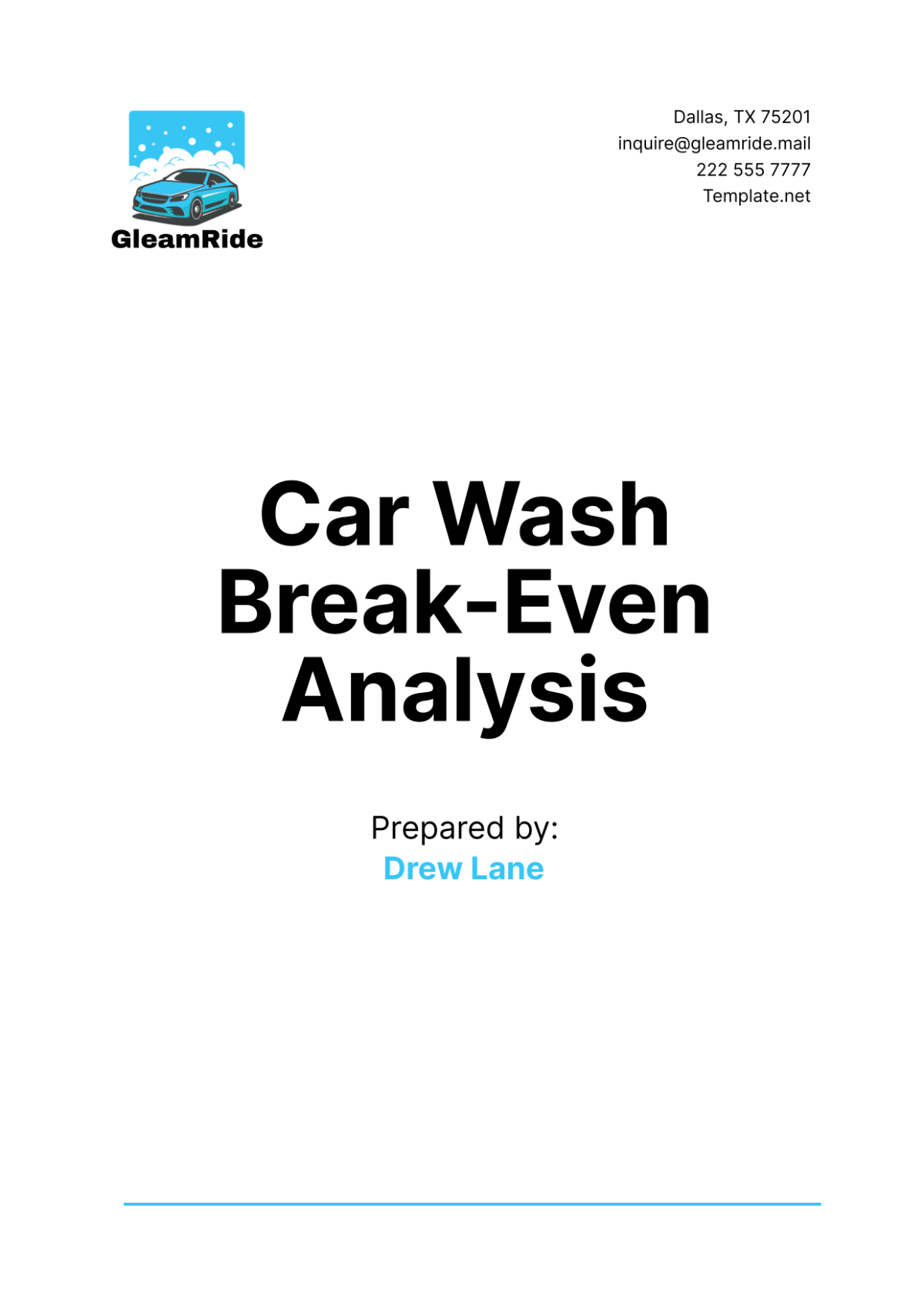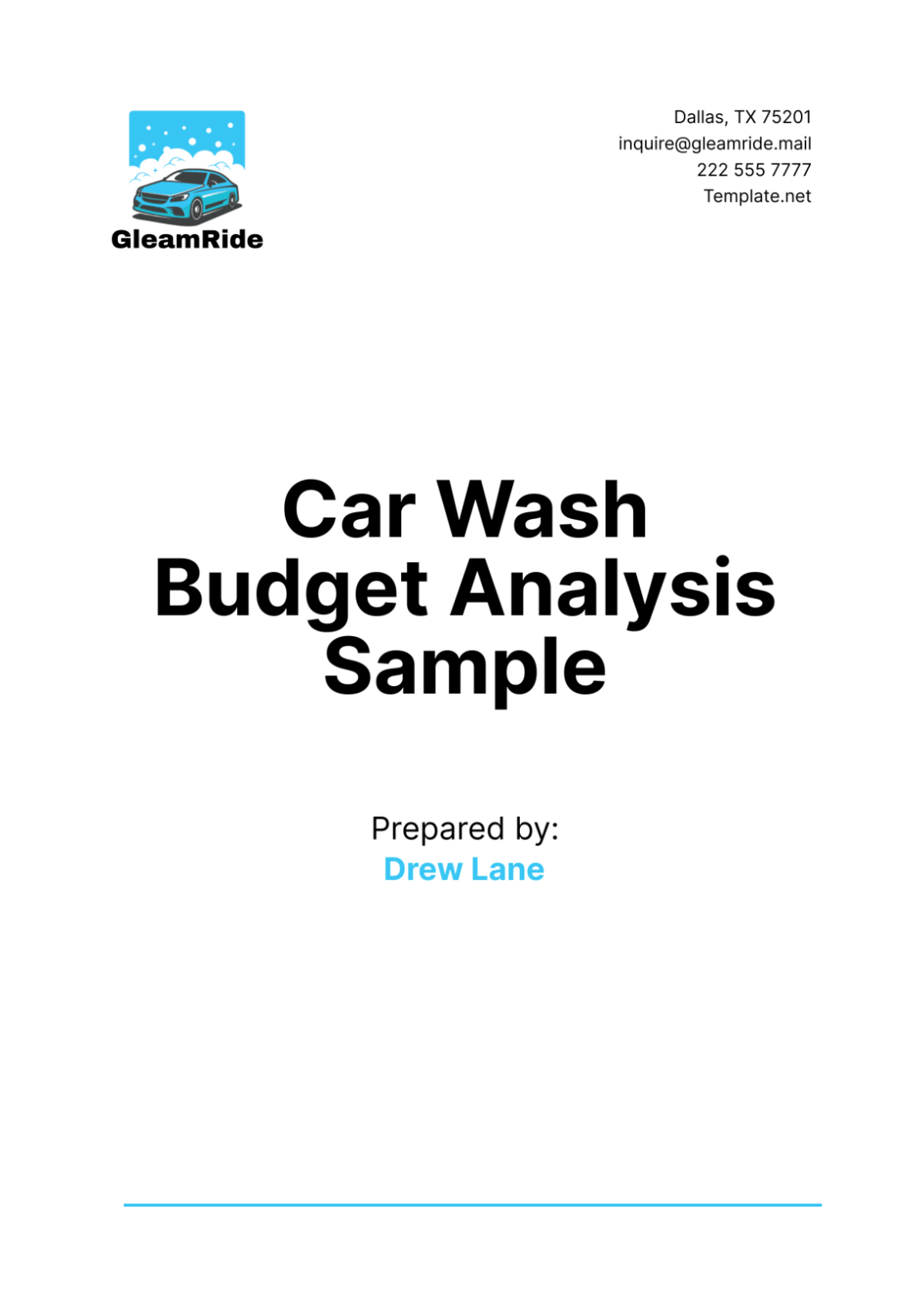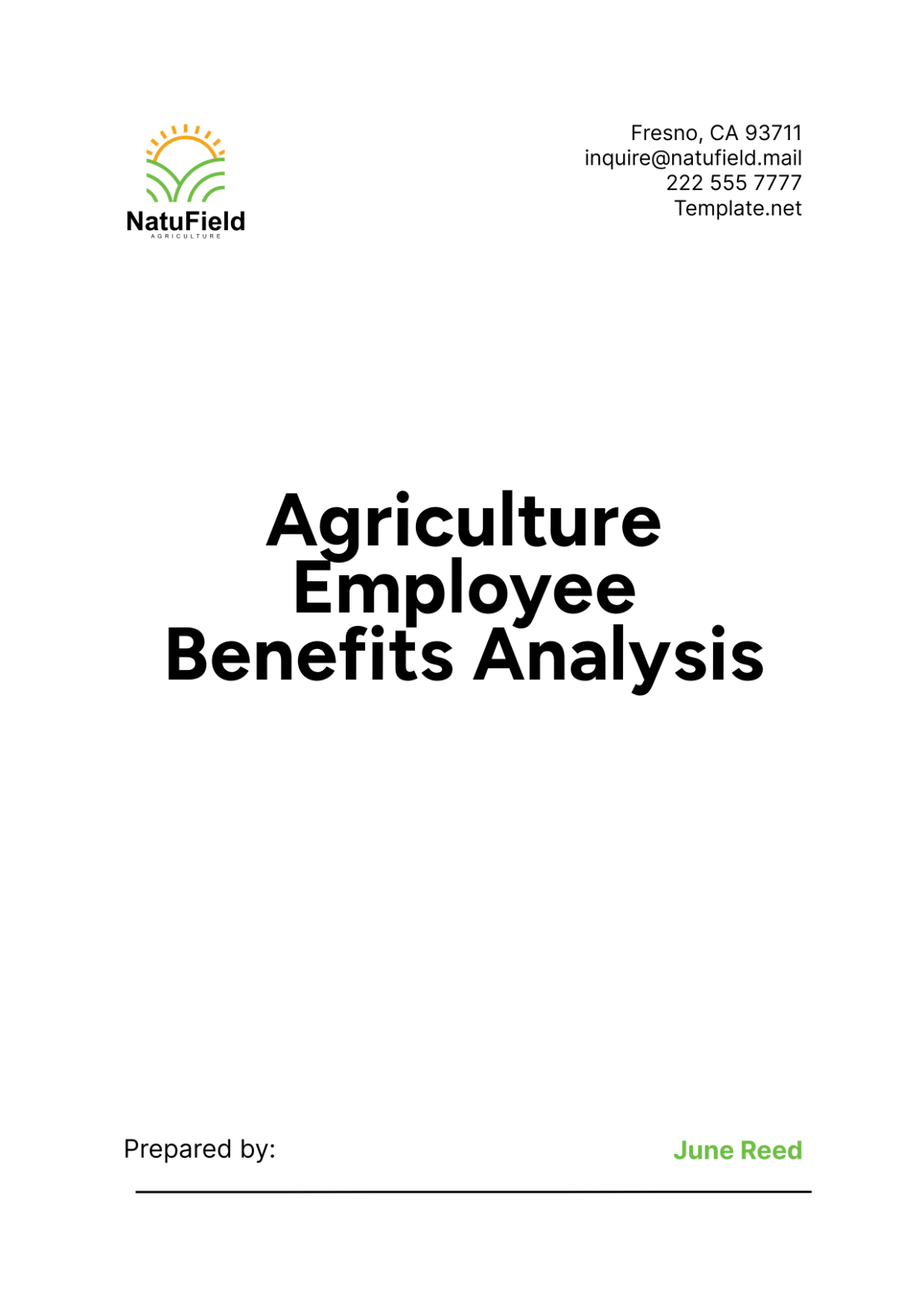Cafe Cost Analysis
I. Introduction
A. Purpose of Cost Analysis
The purpose of this cost analysis is to provide a detailed breakdown of the various costs associated with operating a cafe. This analysis aims to help [Your Company Name] understand its financial outlays, identify areas for potential cost savings, and enhance overall profitability. By evaluating both fixed and variable costs, we can develop a comprehensive understanding of our financial commitments and make informed decisions to optimize expenditures.
B. Scope of Analysis
This cost analysis covers all major categories of expenses incurred in running [Your Company Name] cafe. These categories include fixed costs, such as rent and utilities, variable costs, such as raw materials and marketing, and semi-variable costs, such as part-time labor and equipment maintenance. The analysis also includes one-time costs like initial setup expenses and legal fees. Furthermore, we will provide a detailed breakdown of monthly and annual costs, cost-per-unit analysis, and strategies for cost reduction.
C. Methodology Used
The methodology employed in this analysis involves collecting and examining financial data from the cafe's accounting records, invoices, and other relevant documents. We have categorized expenses into fixed, variable, semi-variable, and one-time costs. Data was then organized into tables for clarity, and detailed explanations were provided for each category. Financial projections and a break-even analysis are included to offer insights into future financial performance.
II. Fixed Costs
A. Rent/Lease
Rent or lease expenses represent a significant portion of the fixed costs for [Your Company Name] cafe. The monthly rent is a predictable expense that remains constant regardless of the cafe’s sales volume.
Monthly Rent/Lease Payment: The current monthly rent for the cafe's location is $3,500. This amount includes the base rent and any additional fees for property management services.
Property Taxes: Annual property taxes amount to $1,200, which breaks down to $100 per month.
Maintenance Costs: Routine maintenance costs, such as minor repairs and upkeep, average $150 per month.
Expense Type | Monthly Cost |
|---|---|
Rent/Lease | $3,500 |
Property Taxes | $100 |
Maintenance Costs | $150 |
Total | $3,750 |
B. Salaries and Wages
The salaries and wages for full-time staff are also fixed costs. This includes the salaries of the cafe manager and full-time baristas.
Manager Salaries: The cafe manager receives an annual salary of $45,000, which translates to $3,750 per month.
Employee Wages: The wages for full-time baristas total $7,200 per month, assuming three full-time baristas each earning $2,400 per month.
Staff Category | Monthly Salary |
|---|---|
Manager | $3,750 |
Full-Time Baristas | $7,200 |
Total | $10,950 |
C. Utilities
Utility costs encompass essential services required to operate the cafe, such as electricity, water, gas, and internet.
Electricity: Monthly electricity costs are approximately $600.
Water: The monthly water bill averages $150.
Gas: The monthly gas bill averages $100.
Internet and Phone: Combined costs for internet and phone services are $120 per month.
Utility Type | Monthly Cost |
|---|---|
Electricity | $600 |
Water | $150 |
Gas | $100 |
Internet and Phone | $120 |
Total | $970 |
III. Variable Costs
A. Raw Materials
Raw materials include all the ingredients necessary for preparing food and beverages at the cafe. These costs can fluctuate based on market prices and usage levels.
Coffee Beans: Monthly expenditure on coffee beans is $1,200.
Milk and Cream: Monthly costs for milk and cream are $400.
Sugar and Sweeteners: The monthly cost for sugar and sweeteners is $150.
Food Ingredients: Ingredients for sandwiches, pastries, and other food items total $2,000 per month.
Raw Material | Monthly Cost |
|---|---|
Coffee Beans | $1,200 |
Milk and Cream | $400 |
Sugar and Sweeteners | $150 |
Food Ingredients | $2,000 |
Total | $3,750 |
B. Inventory Costs
Inventory costs involve purchasing non-consumable items that support the cafe’s operations.
Packaging Materials: Monthly costs for packaging materials such as cups, lids, and napkins are $500.
Cleaning Supplies: Monthly expenditure on cleaning supplies, including detergents and sanitizers, is $300.
Inventory Type | Monthly Cost |
|---|---|
Packaging Materials | $500 |
Cleaning Supplies | $300 |
Total | $800 |
C. Marketing and Advertising
Marketing and advertising costs are variable as they depend on the marketing strategies and campaigns undertaken.
Social Media Campaigns: The monthly budget for social media campaigns is $200.
Local Advertising: Monthly costs for local advertising, such as flyers and local newspaper ads, are $150.
Marketing Type | Monthly Cost |
|---|---|
Social Media Campaigns | $200 |
Local Advertising | $150 |
Total | $350 |
IV. Semi-Variable Costs
A. Labor Costs
Labor costs for part-time employees and overtime pay vary based on the cafe's operational needs and employee schedules.
Part-Time Employee Wages: Monthly wages for part-time employees total $2,000, assuming 200 hours worked at $10 per hour.
Overtime Pay: Monthly overtime pay is estimated at $500.
Labor Type | Monthly Cost |
|---|---|
Part-Time Employees | $2,000 |
Overtime Pay | $500 |
Total | $2,500 |
B. Equipment Maintenance
Equipment maintenance costs fluctuate based on the need for repairs and servicing of cafe equipment.
Coffee Machine Repairs: Monthly costs for coffee machine repairs average $200.
Furniture Repairs: Monthly costs for furniture repairs are $100.
Maintenance Type | Monthly Cost |
|---|---|
Coffee Machine Repairs | $200 |
Furniture Repairs | $100 |
Total | $300 |
V. One-Time Costs
A. Initial Setup Costs
Initial setup costs include expenditures for purchasing equipment, furniture, and fixtures needed to start the cafe.
Equipment Purchase: The cost of purchasing equipment, including coffee machines, refrigerators, and ovens, was $25,000.
Furniture and Fixtures: The cost of acquiring furniture and fixtures, such as tables, chairs, and counters, was $15,000.
Setup Cost Type | Total Cost |
|---|---|
Equipment Purchase | $25,000 |
Furniture and Fixtures | $15,000 |
Total | $40,000 |
B. Legal and Licensing Fees
Legal and licensing fees are required to obtain necessary permits and ensure compliance with local regulations.
Business Permits: The total cost for obtaining business permits was $500.
Health and Safety Compliance: The total cost of meeting health and safety compliance standards was $1,000.
Legal Fee Type | Total Cost |
|---|---|
Business Permits | $500 |
Health and Safety Compliance | $1,000 |
Total | $1,500 |
VI. Cost Analysis Breakdown
A. Monthly Cost Breakdown
To provide a clear picture of the monthly financial obligations, we summarize the monthly costs across different categories:
Cost Category | Monthly Cost |
|---|---|
Rent/Lease | $3,750 |
Salaries and Wages | $10,950 |
Utilities | $970 |
Raw Materials | $3,750 |
Inventory Costs | $800 |
Marketing and Advertising | $350 |
Labor Costs | $2,500 |
Equipment Maintenance | $300 |
Total | $23,370 |
B. Annual Cost Breakdown
Aggregating the monthly costs over a year provides the annual financial commitments:
Cost Category | Annual Cost |
|---|---|
Rent/Lease | $45,000 |
Salaries and Wages | $131,400 |
Utilities | $11,640 |
Raw Materials | $45,000 |
Inventory Costs | $9,600 |
Marketing and Advertising | $4,200 |
Labor Costs | $30,000 |
Equipment Maintenance | $3,600 |
Total | $280,440 |
C. Cost Per Unit
Analyzing the cost per unit, such as the cost per cup of coffee, helps in pricing strategy and profitability analysis. Assuming the cafe sells an average of 5,000 cups of coffee per month:
Monthly Cost: $23,370
Cost Per Cup: $23,370 / 5,000 = $4.67
This means the average cost to produce each cup of coffee, including all fixed and variable costs, is $4.67. This cost per unit will guide pricing strategies to ensure profitability.
VII. Cost Reduction Strategies
A. Supplier Negotiations
One of the most effective ways to reduce costs is by negotiating with suppliers. [Your Company Name] should establish strong relationships with suppliers to secure better prices for raw materials and other essential goods. By committing to larger orders or longer-term contracts, the cafe can often receive bulk discounts. Additionally, it is essential to periodically review and compare supplier prices to ensure competitive rates.
For example, negotiating a long-term contract with a coffee bean supplier could result in a 10-15% discount. If the monthly expenditure on coffee beans is $1,200, a 10% discount would save $120 per month, translating to $1,440 annually.
Item | Monthly Cost | Discounted Cost (10%) | Annual Savings |
|---|---|---|---|
Coffee Beans | $1,200 | $1,080 | $1,440 |
Milk and Cream | $400 | $360 | $480 |
Food Ingredients | $2,000 | $1,800 | $2,400 |
Total | $3,600 | $3,240 | $4,320 |
B. Energy Efficiency Improvements
Implementing energy efficiency measures can lead to substantial cost savings on utilities. [Your Company Name] should consider investing in energy-efficient appliances and lighting. For example, replacing traditional light bulbs with LED lighting can significantly reduce electricity consumption. Additionally, ensuring that equipment is regularly maintained and operating efficiently can prevent energy waste.
A typical cafe can save up to 20% on energy costs through efficiency improvements. With monthly utility costs of $970, a 20% reduction would save $194 per month, or $2,328 annually.
Utility Type | Monthly Cost | Reduced Cost (20%) | Annual Savings |
|---|---|---|---|
Electricity | $600 | $480 | $1,440 |
Water | $150 | $120 | $360 |
Gas | $100 | $80 | $240 |
Internet and Phone | $120 | $96 | $288 |
Total | $970 | $776 | $2,328 |
C. Labor Efficiency
Optimizing labor efficiency is crucial for cost reduction. [Your Company Name] should implement effective scheduling to ensure that labor hours align with customer demand. This can be achieved by analyzing sales data to identify peak hours and adjusting employee shifts accordingly. Cross-training employees can also enhance flexibility, allowing staff to perform multiple roles as needed.
For instance, if the cafe can reduce part-time labor costs by 10% through efficient scheduling, the monthly savings would be $200, or $2,400 annually.
Labor Type | Monthly Cost | Reduced Cost (10%) | Annual Savings |
|---|---|---|---|
Part-Time Employees | $2,000 | $1,800 | $2,400 |
Overtime Pay | $500 | $450 | $600 |
Total | $2,500 | $2,250 | $3,000 |
D. Inventory Management
Effective inventory management helps reduce waste and overstocking, which can lead to cost savings. [Your Company Name] should implement an inventory tracking system to monitor stock levels and usage rates. This system can help identify slow-moving items and adjust purchasing decisions accordingly. Additionally, implementing a first-in, first-out (FIFO) inventory method ensures that older stock is used first, reducing spoilage.
By optimizing inventory management, the cafe can potentially reduce inventory costs by 15%. If monthly inventory costs are $800, this would result in savings of $120 per month, or $1,440 annually.
Inventory Type | Monthly Cost | Reduced Cost (15%) | Annual Savings |
|---|---|---|---|
Packaging Materials | $500 | $425 | $900 |
Cleaning Supplies | $300 | $255 | $540 |
Total | $800 | $680 | $1,440 |
VIII. Financial Projections
A. Short-Term Projections
Short-term financial projections focus on the cafe's financial performance over the next 12 months. These projections take into account current costs, expected revenue, and the impact of implemented cost reduction strategies.
Assuming monthly revenue remains steady at $50,000 and implementing the cost reduction strategies detailed above, [Your Company Name] can expect to see a significant improvement in profitability. With a total monthly cost of $23,370, and anticipated savings of $10,088 annually from cost reduction strategies, the new monthly cost would be approximately $22,526.
Category | Monthly Cost | Annual Cost | Annual Savings | New Monthly Cost |
|---|---|---|---|---|
Rent/Lease | $3,750 | $45,000 | $0 | $3,750 |
Salaries and Wages | $10,950 | $131,400 | $0 | $10,950 |
Utilities | $970 | $11,640 | $2,328 | $776 |
Raw Materials | $3,750 | $45,000 | $4,320 | $3,240 |
Inventory Costs | $800 | $9,600 | $1,440 | $680 |
Marketing and Advertising | $350 | $4,200 | $0 | $350 |
Labor Costs | $2,500 | $30,000 | $3,000 | $2,250 |
Equipment Maintenance | $300 | $3,600 | $0 | $300 |
Total | $23,370 | $280,440 | $11,088 | $22,526 |
B. Long-Term Projections
Long-term financial projections extend beyond one year, typically focusing on a 3-5 year horizon. These projections consider growth in revenue, changes in cost structures, and potential expansions or renovations.
For [Your Company Name], assuming a modest annual revenue growth rate of 5%, and continued implementation of cost-saving measures, the financial outlook is positive. Over three years, the cafe can anticipate increased profitability and a solid financial foundation.
Year | Projected Revenue | Projected Costs | Projected Savings | Net Profit |
|---|---|---|---|---|
Year 1 | $600,000 | $270,312 | $11,088 | $329,688 |
Year 2 | $630,000 | $283,828 | $11,088 | $346,172 |
Year 3 | $661,500 | $298,020 | $11,088 | $363,480 |
C. Break-Even Analysis
The break-even analysis determines the point at which [Your Company Name] covers all its costs and begins to generate profit. This analysis is crucial for understanding the minimum sales volume required to sustain operations.
Using the cost per unit analysis from section VI, the break-even point can be calculated. Assuming the average cost per cup of coffee is $4.67, and the average selling price is $6.00, the break-even point in terms of the number of cups sold can be determined.
Description | Amount |
|---|---|
Total Fixed Costs (Annual) | $191,400 |
Variable Cost per Unit | $4.67 |
Selling Price per Unit | $6.00 |
Contribution Margin per Unit | $1.33 |
Break-Even Point (Units) | 143,985 |
Thus, [Your Company Name] needs to sell approximately 143,985 cups of coffee annually to break even. With an average of 5,000 cups sold per month, the break-even point is achievable with consistent sales performance.
IX. Conclusion
A. Summary of Findings
The cost analysis for [Your Company Name] reveals that the cafe incurs significant fixed and variable costs. Fixed costs, such as rent and salaries, constitute the largest portion of expenses, while variable costs, including raw materials and inventory, fluctuate based on operational demands. Semi-variable costs and one-time setup expenses also contribute to the overall financial picture.
B. Recommendations
To improve financial performance, [Your Company Name] should focus on the following recommendations:
Supplier Negotiations: Continue to negotiate favorable terms with suppliers to reduce raw material costs.
Energy Efficiency: Invest in energy-efficient appliances and regularly maintain equipment to reduce utility expenses.
Labor Efficiency: Optimize staff scheduling and cross-train employees to enhance operational flexibility and reduce labor costs.
Inventory Management: Implement an inventory tracking system to minimize waste and prevent overstocking.
By implementing these strategies, the cafe can achieve significant cost savings, enhance profitability, and ensure long-term financial stability.
C. Future Steps
Moving forward, [Your Company Name] should continuously monitor and review financial performance. Regular cost analysis and adjustments based on market conditions will help maintain a competitive edge. Additionally, exploring new revenue streams, such as catering services or online sales, can further boost profitability.



